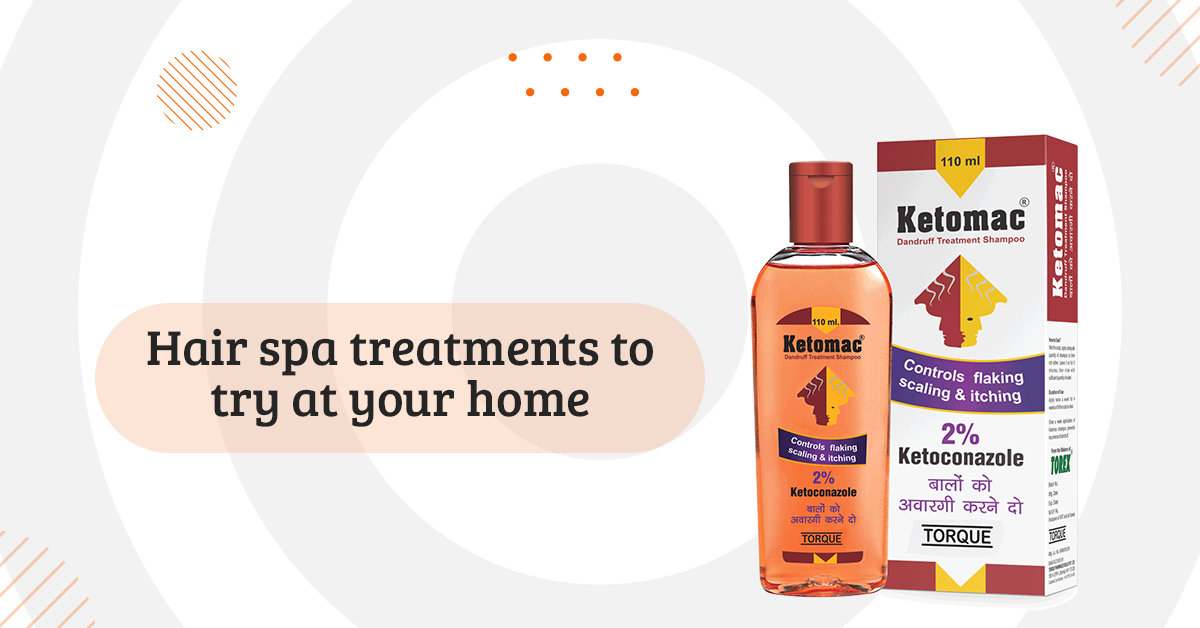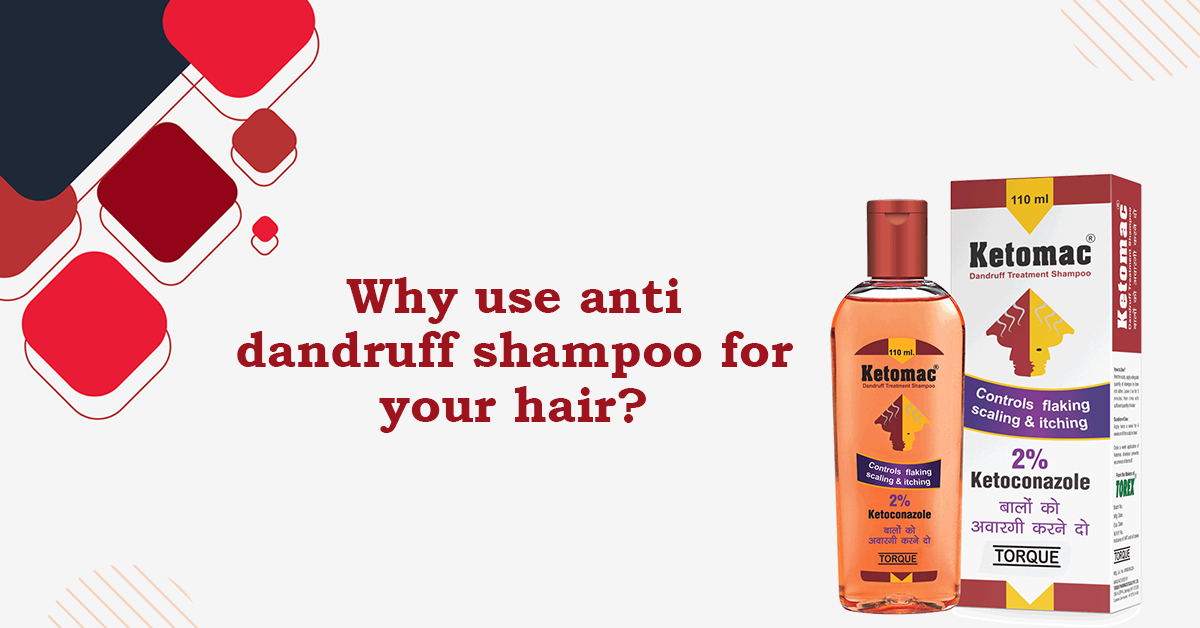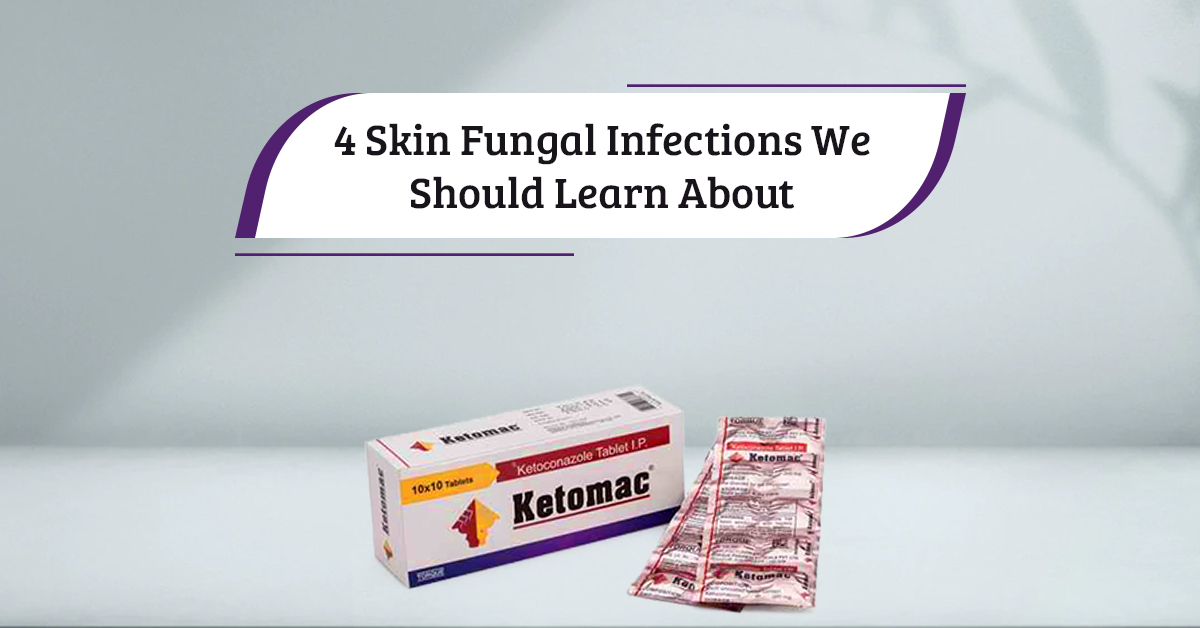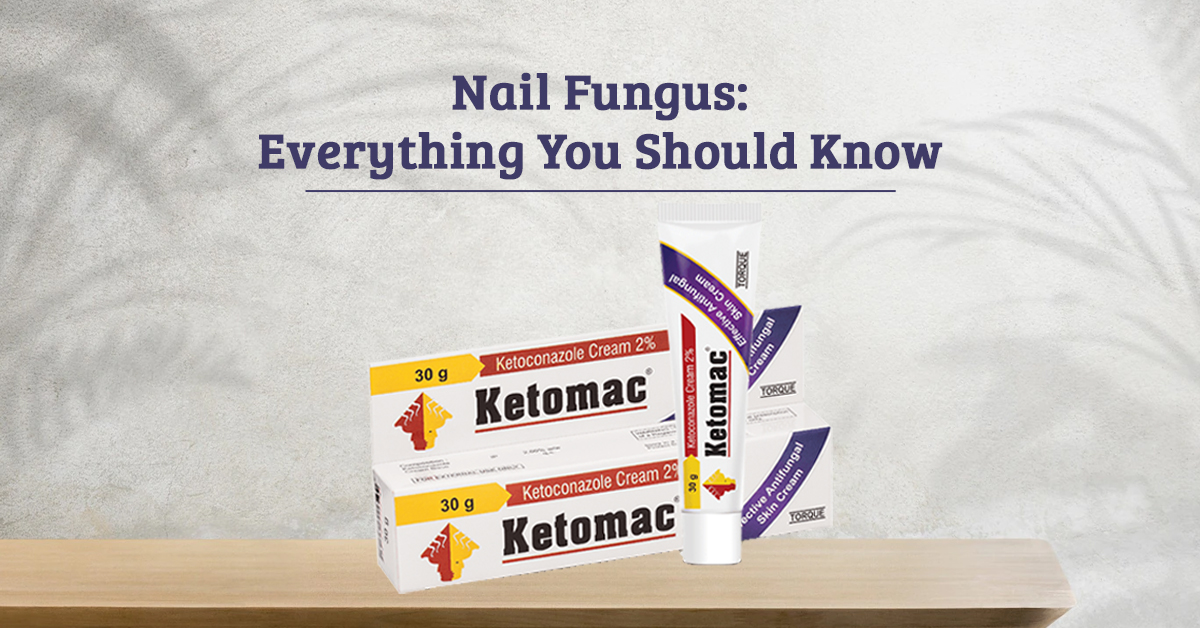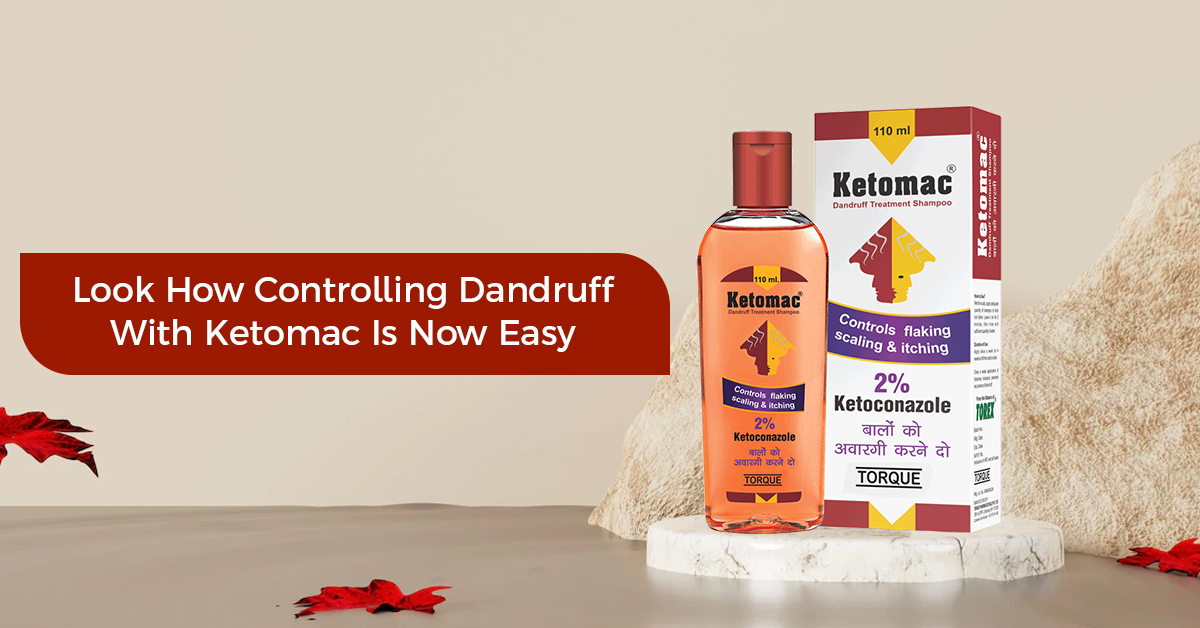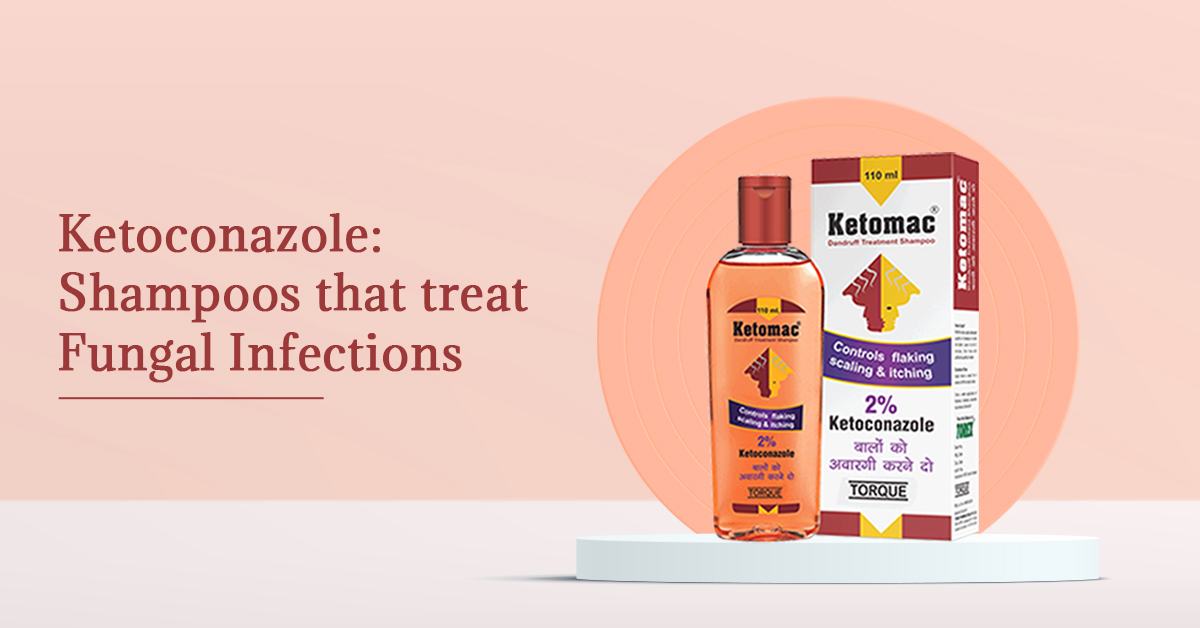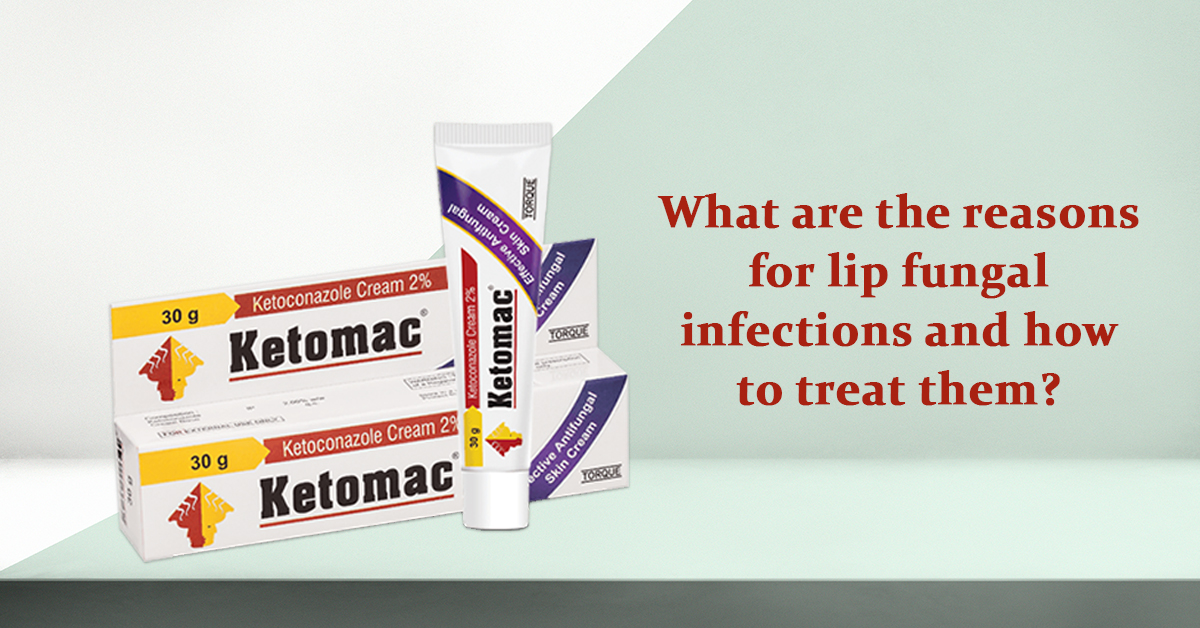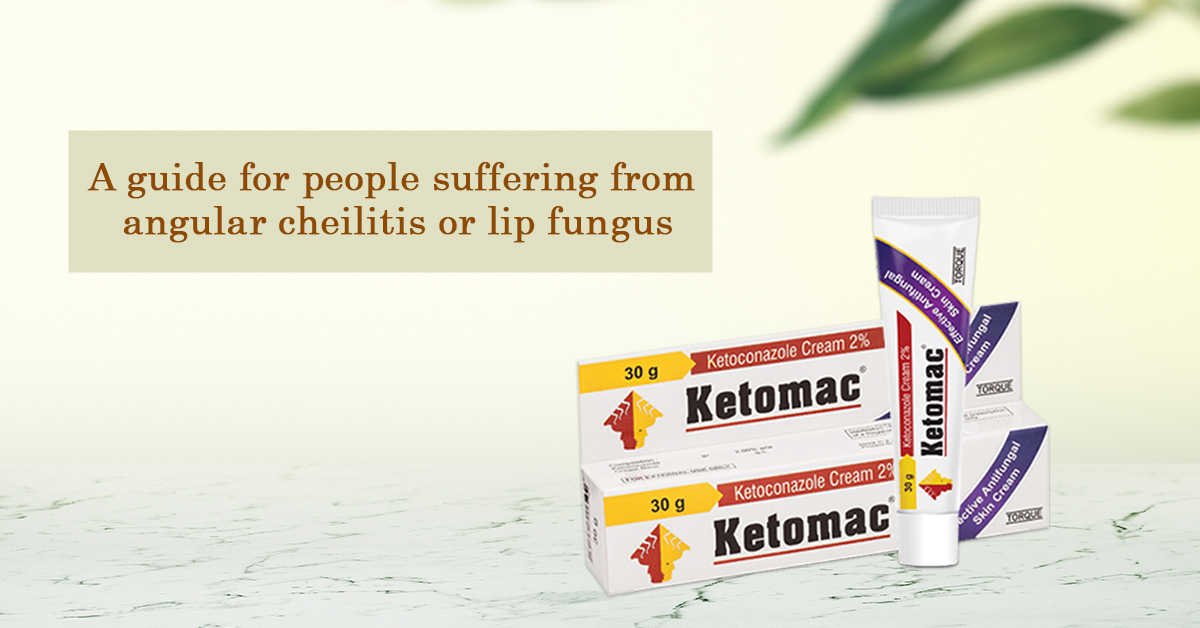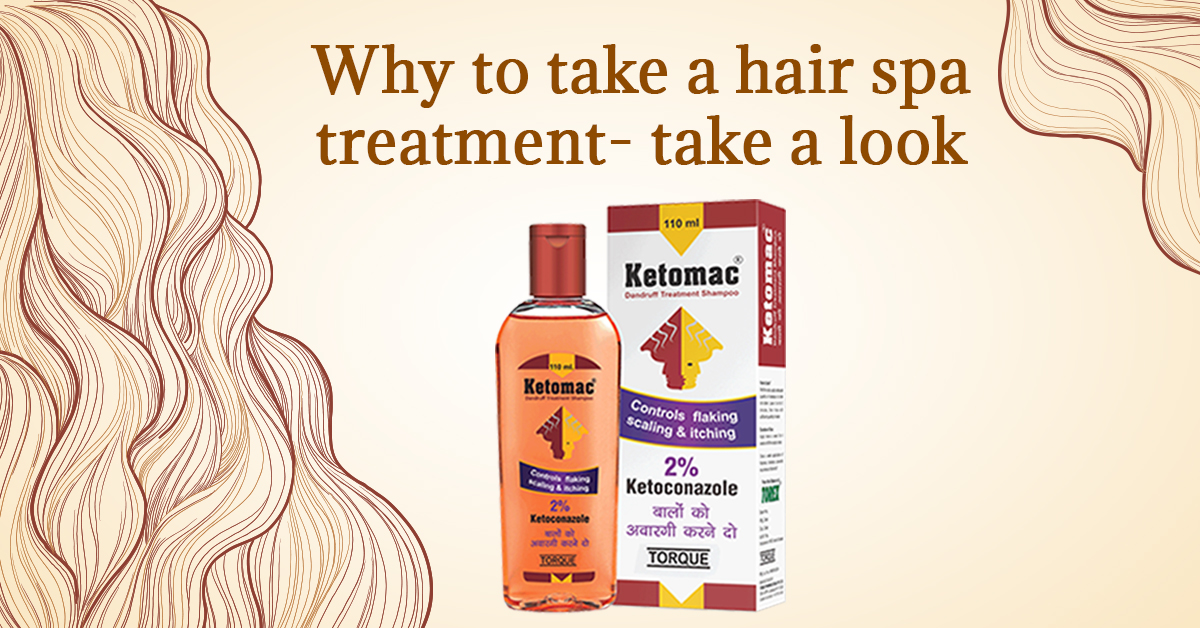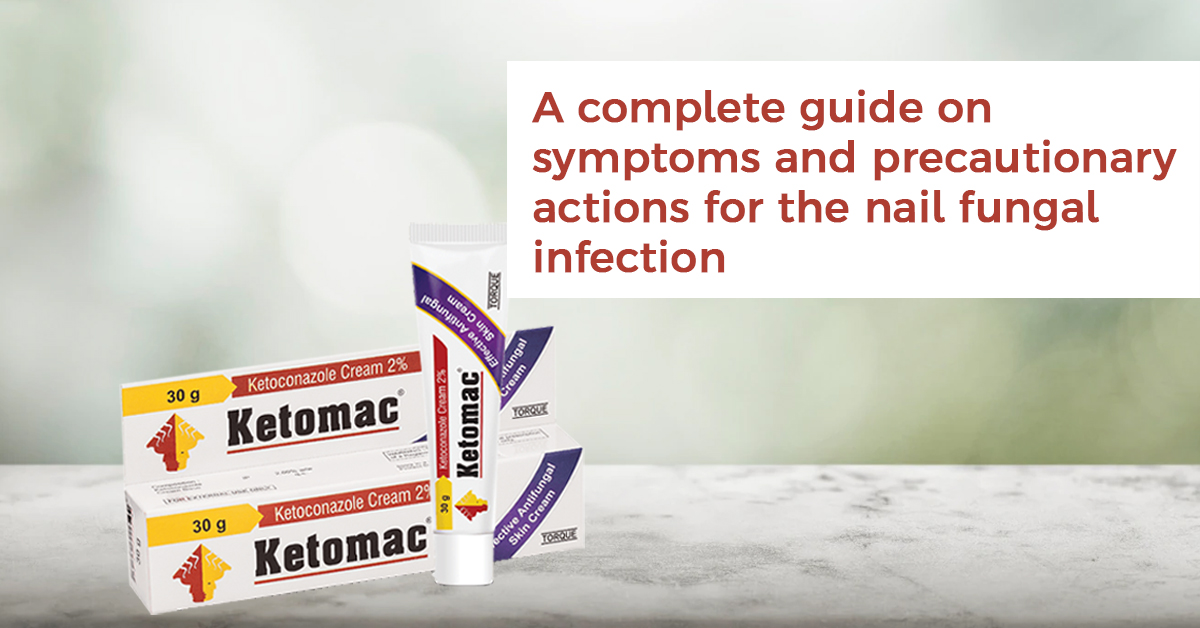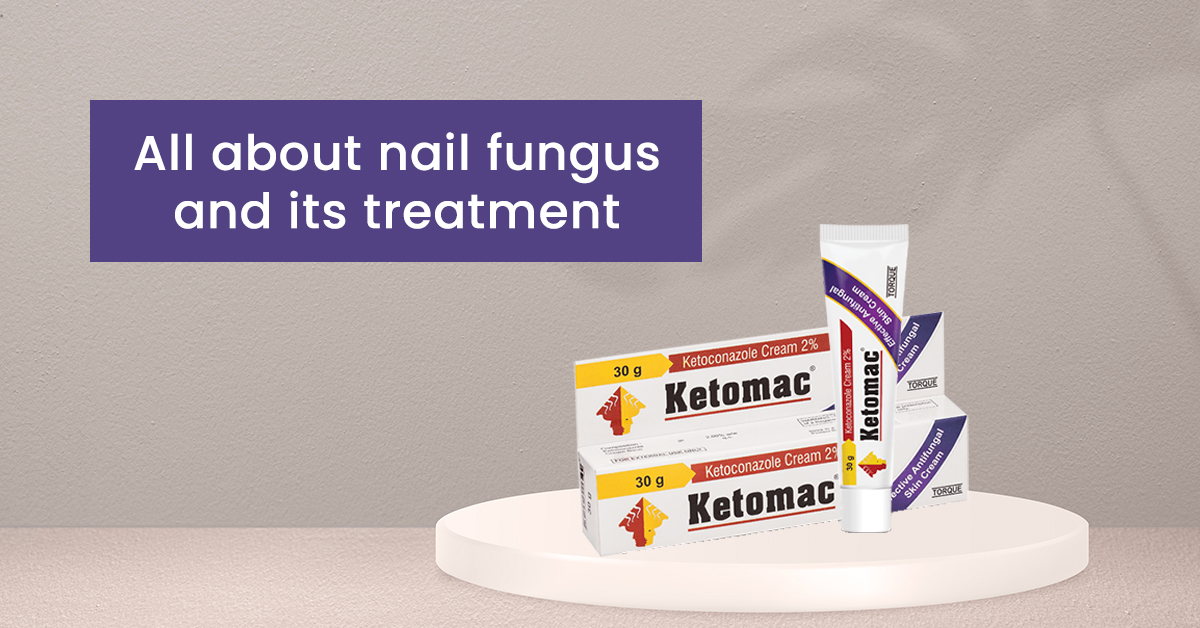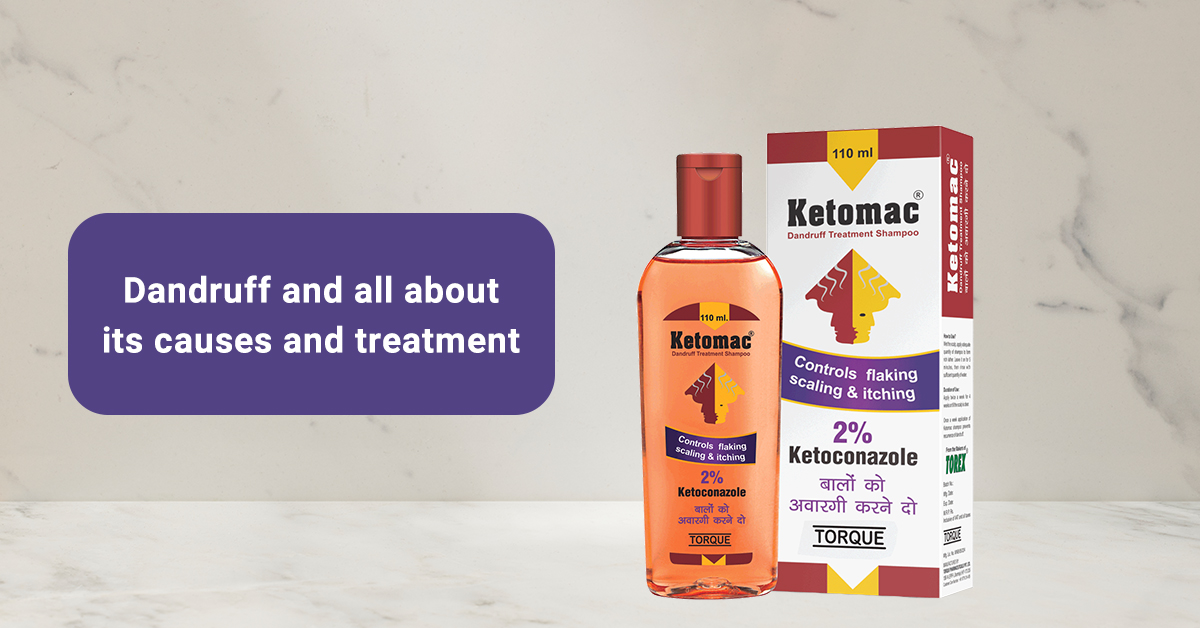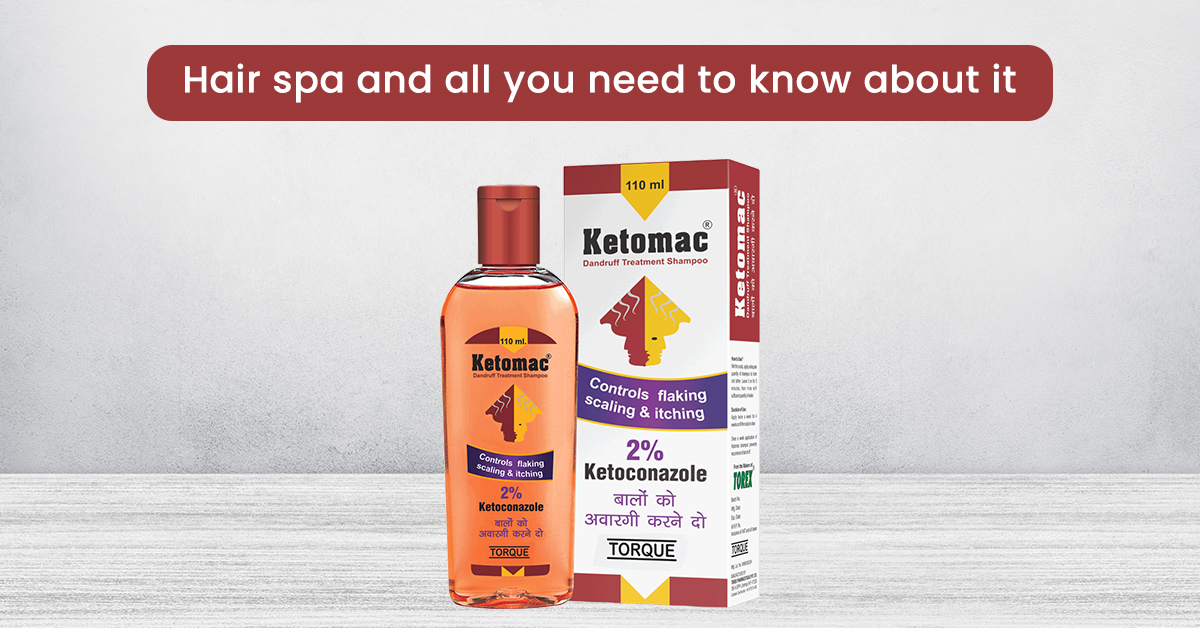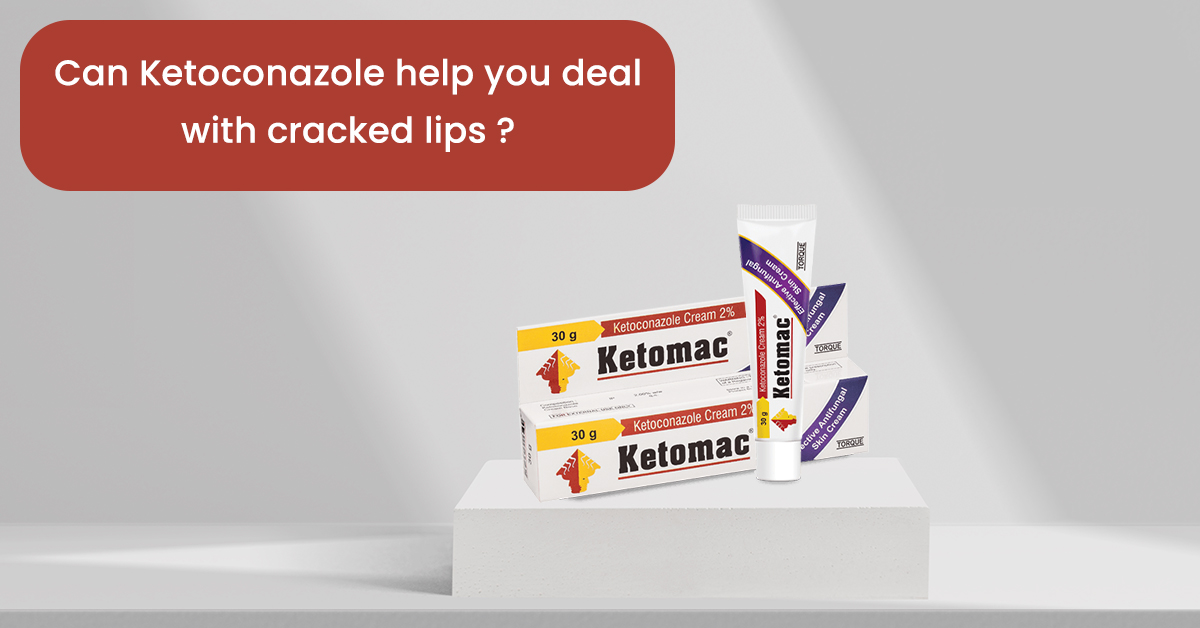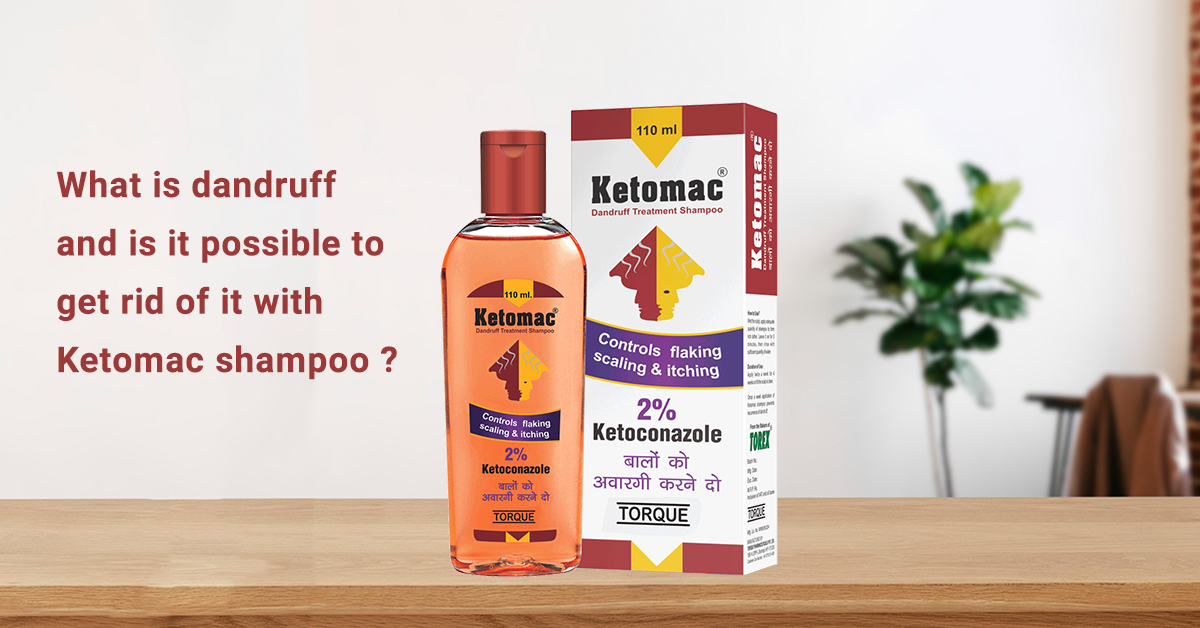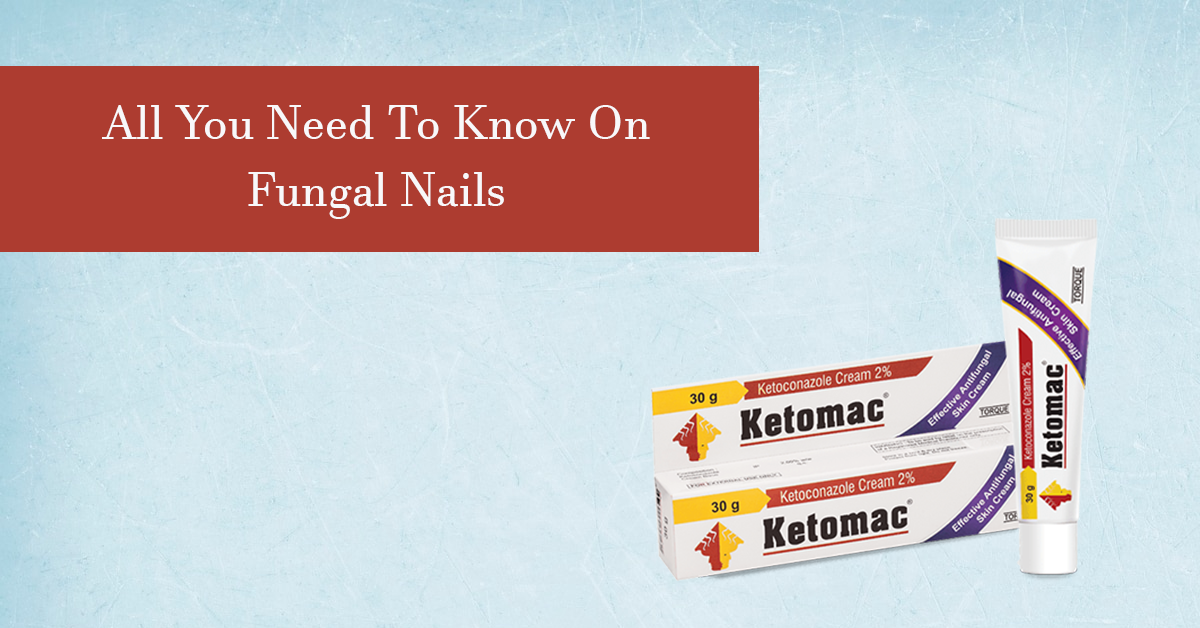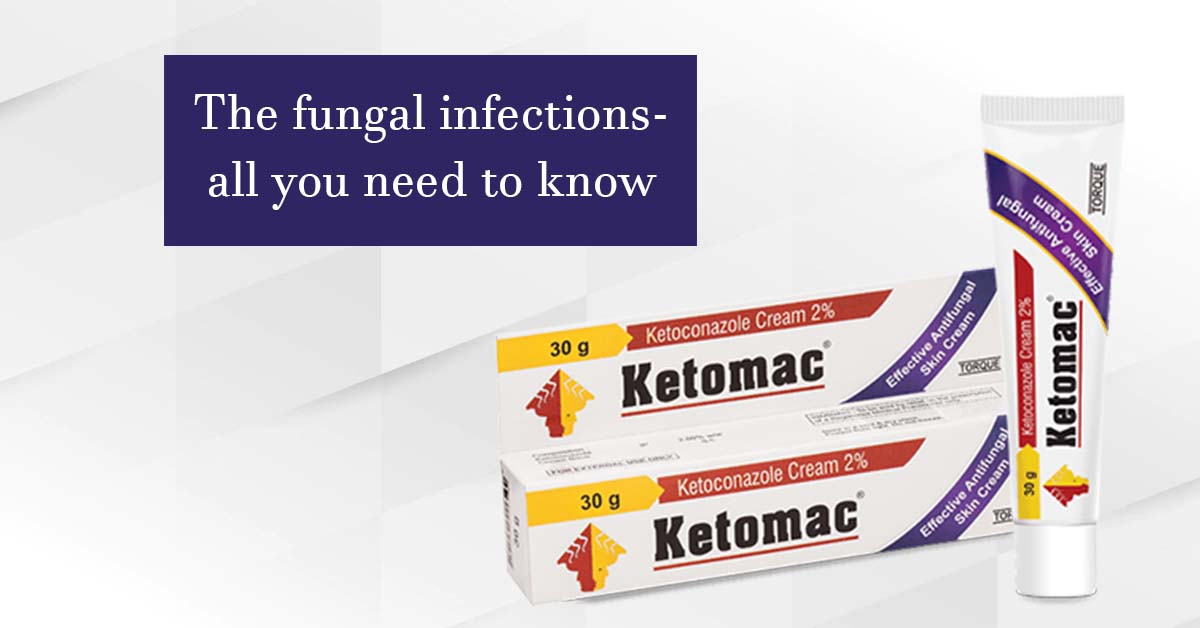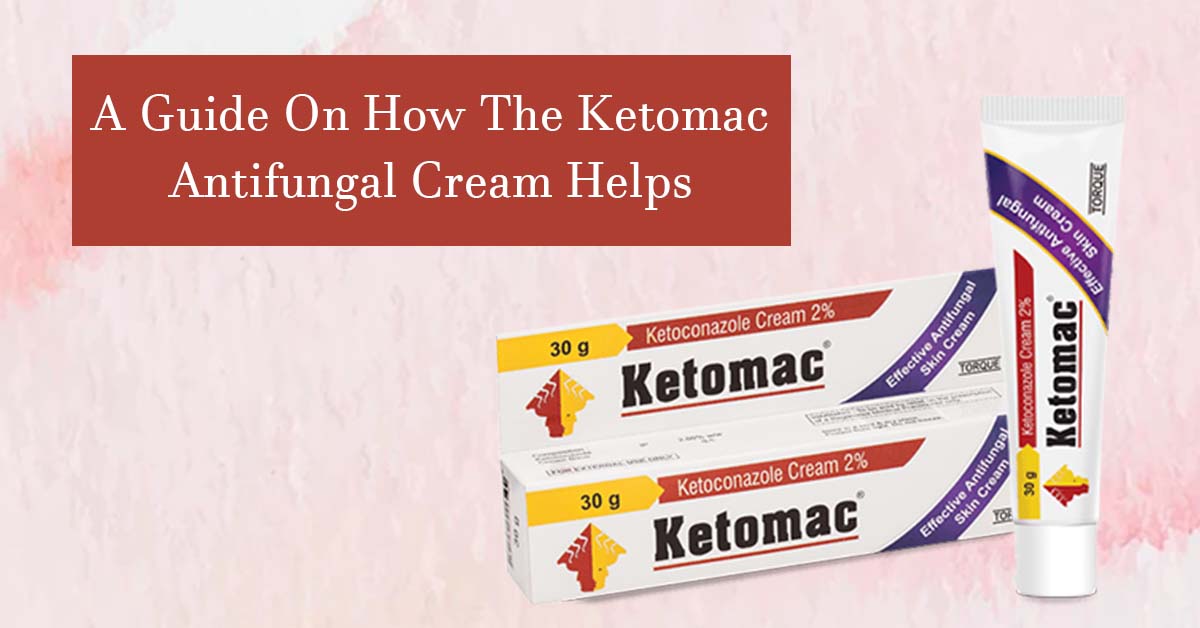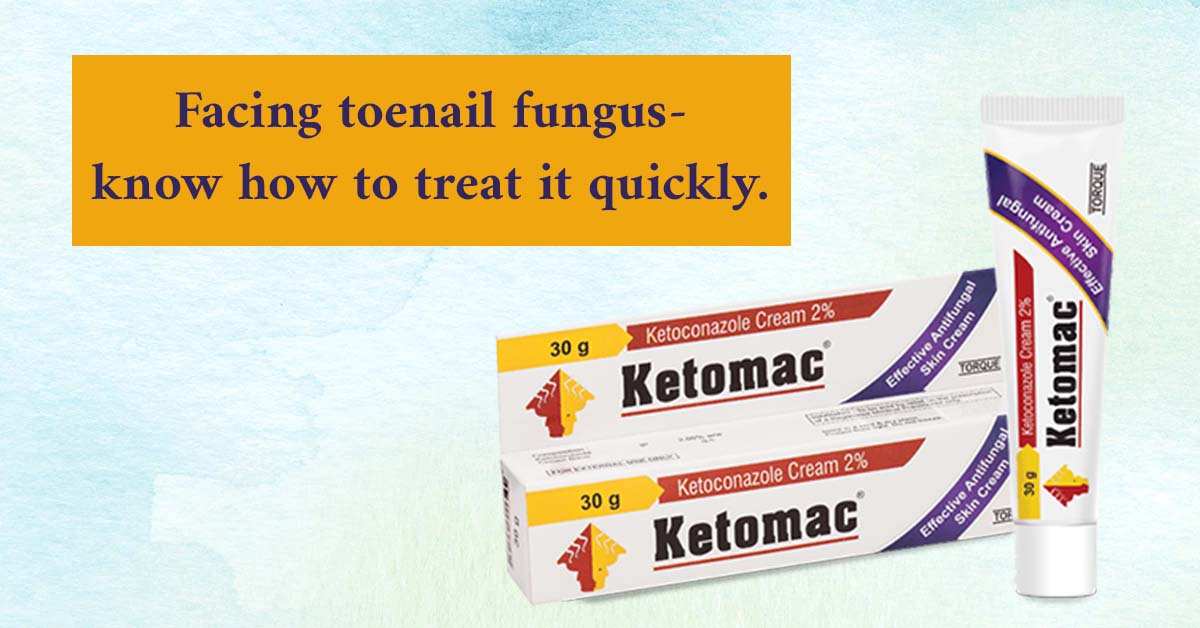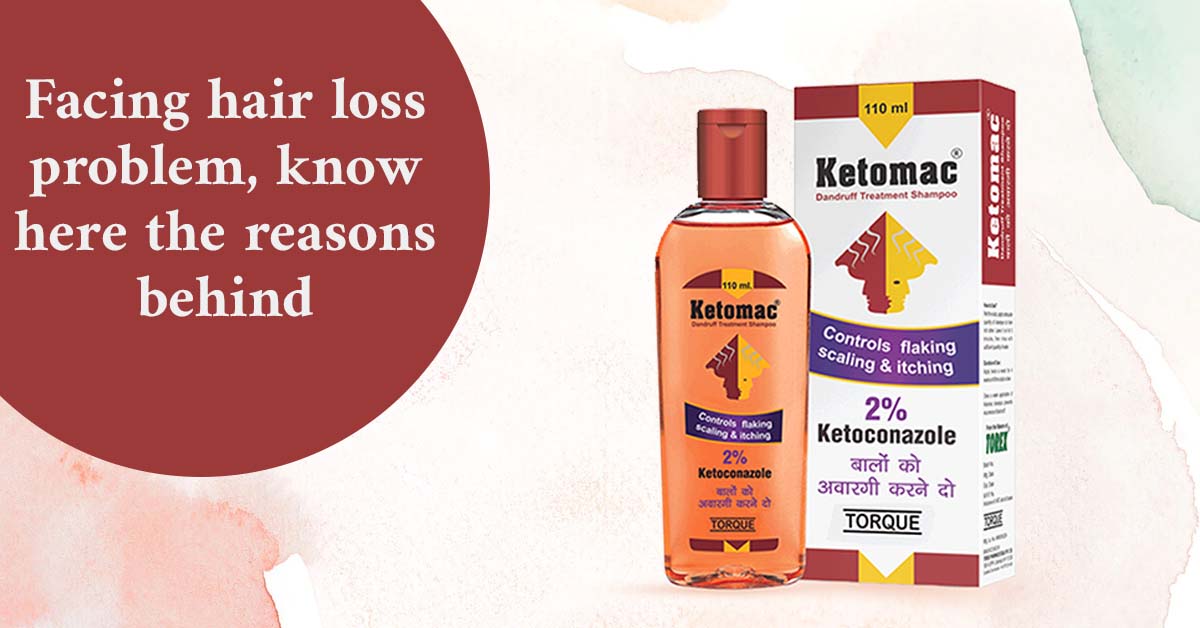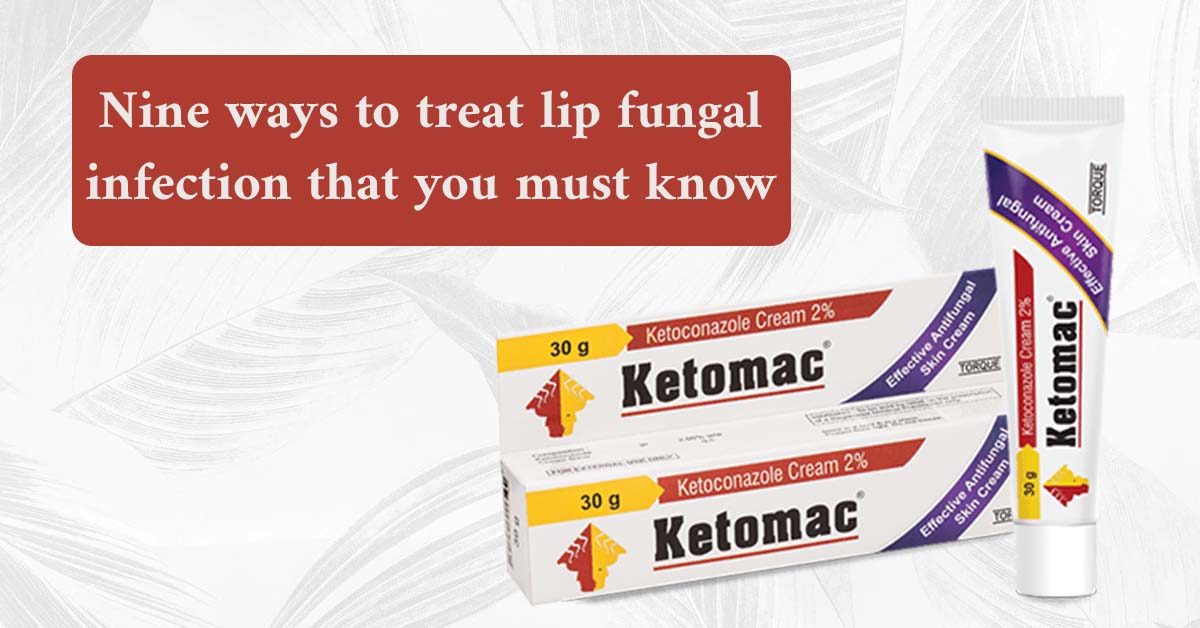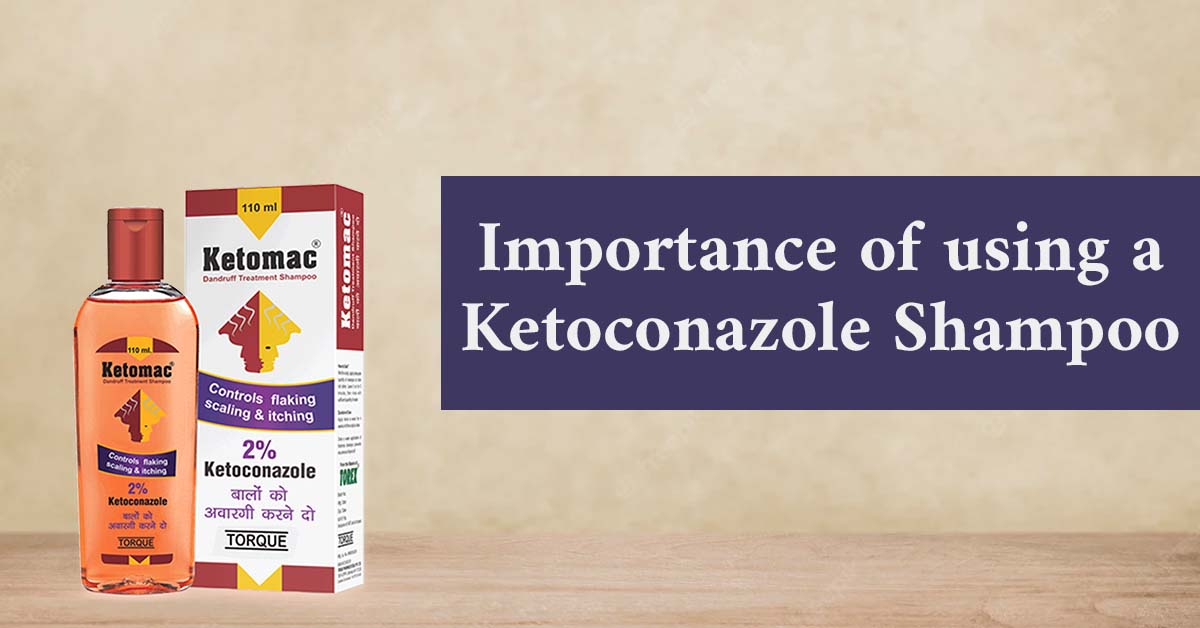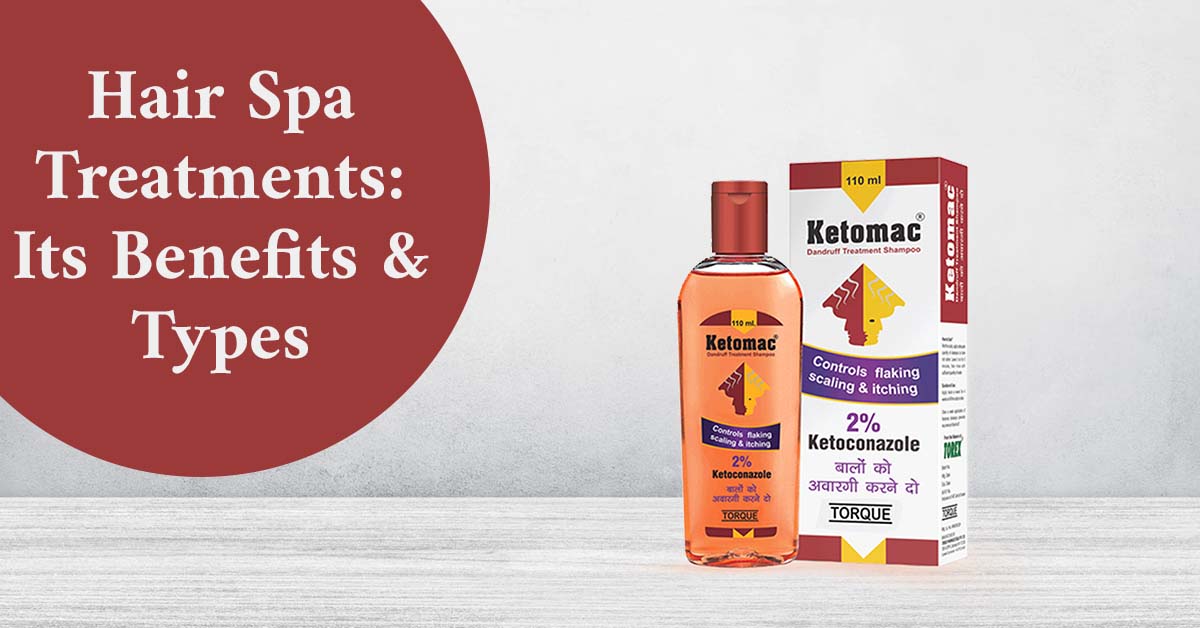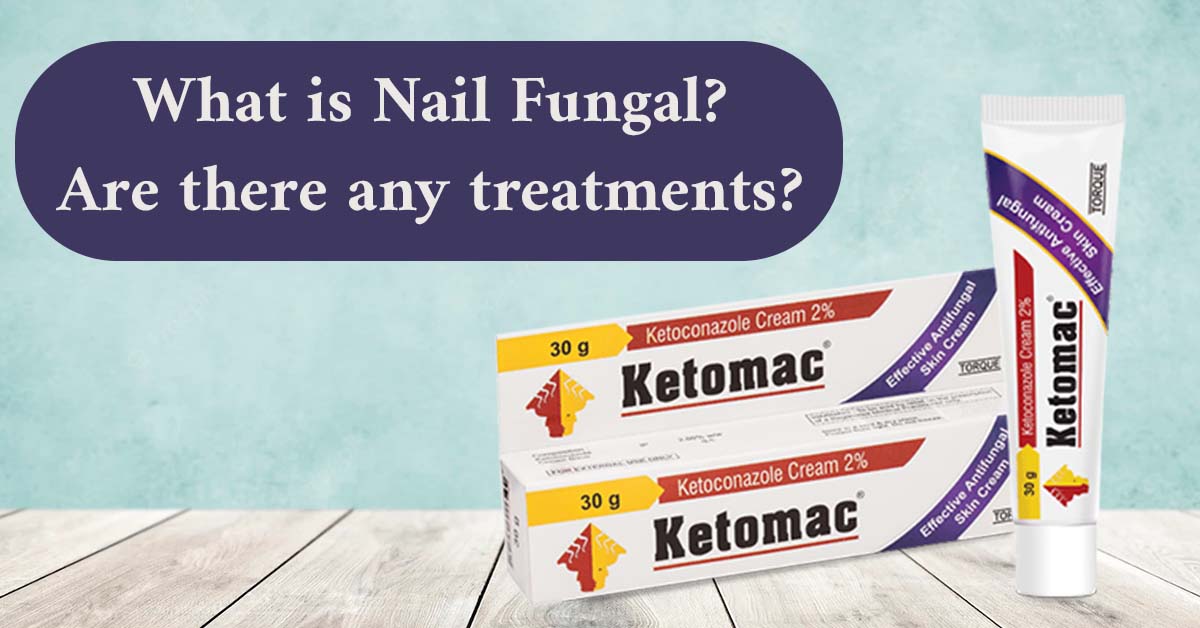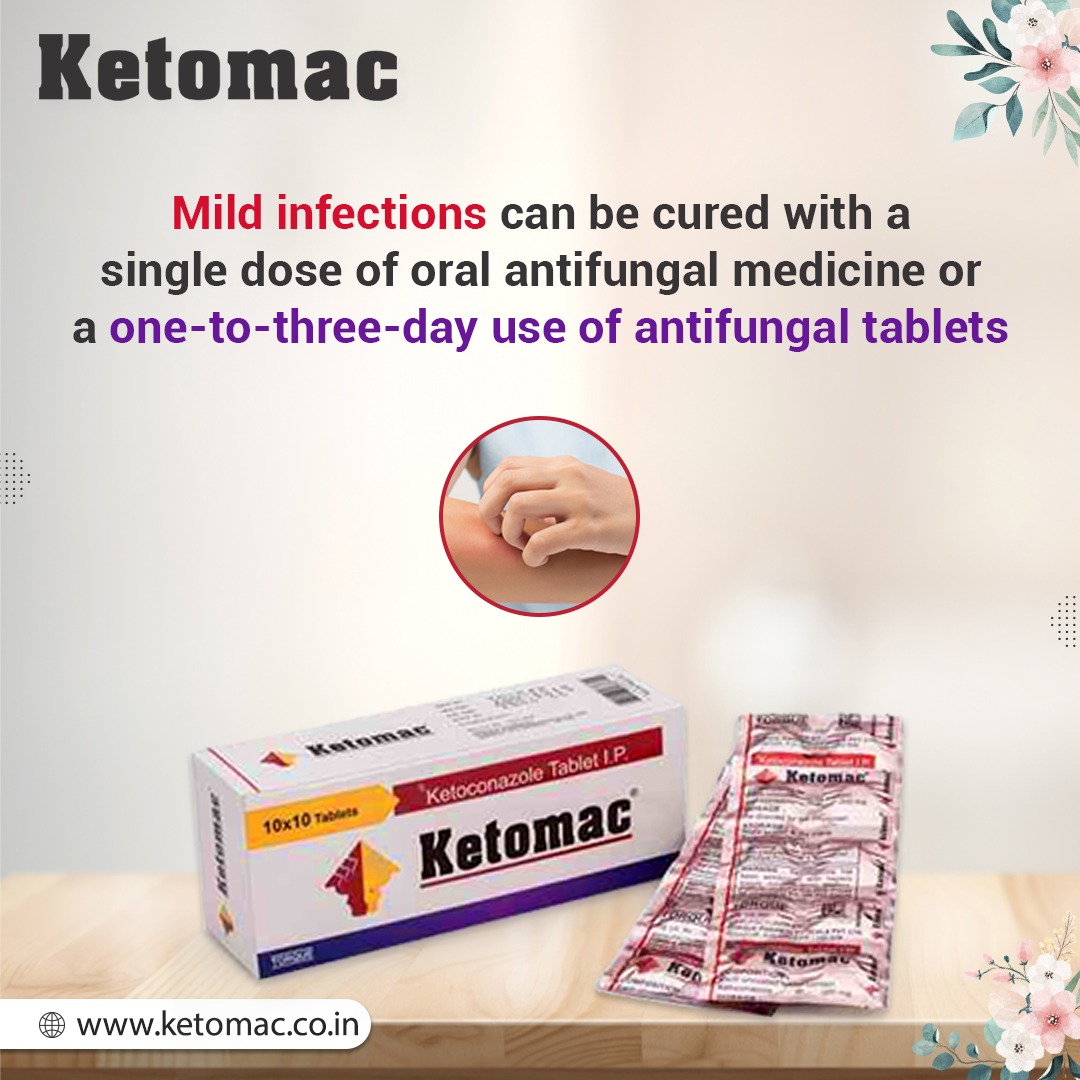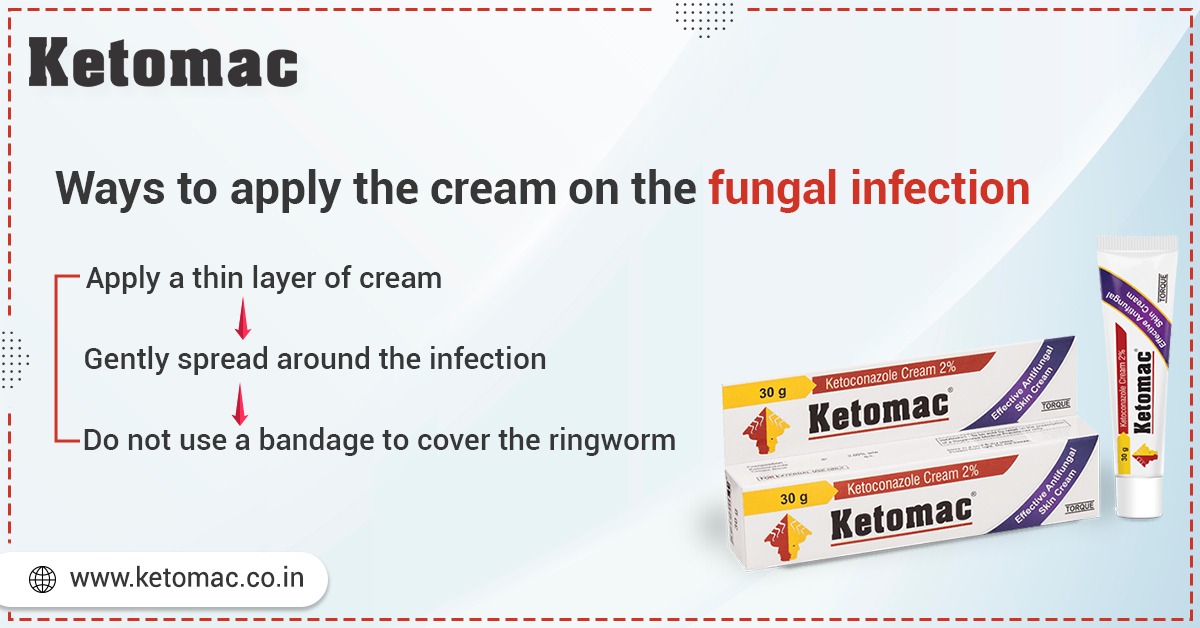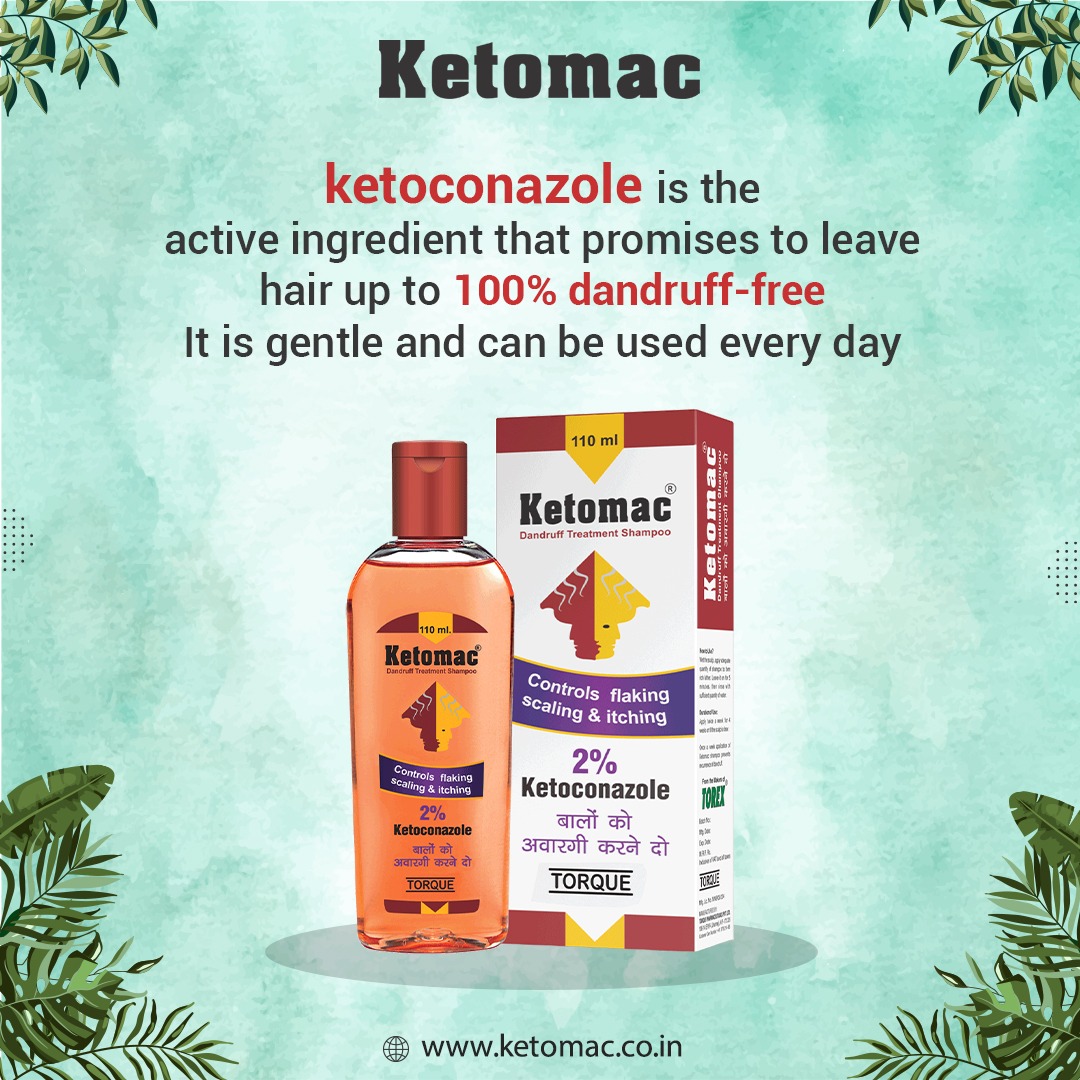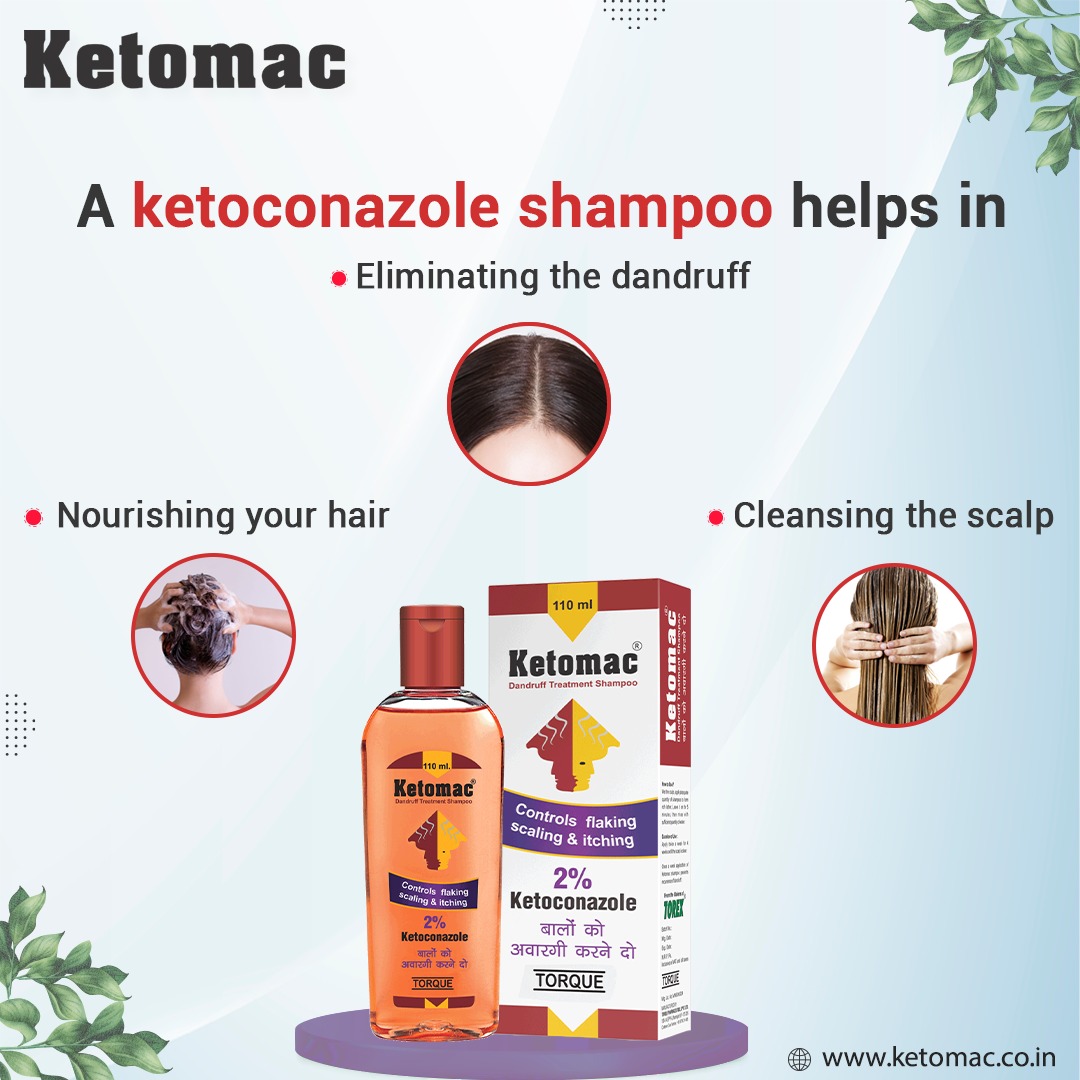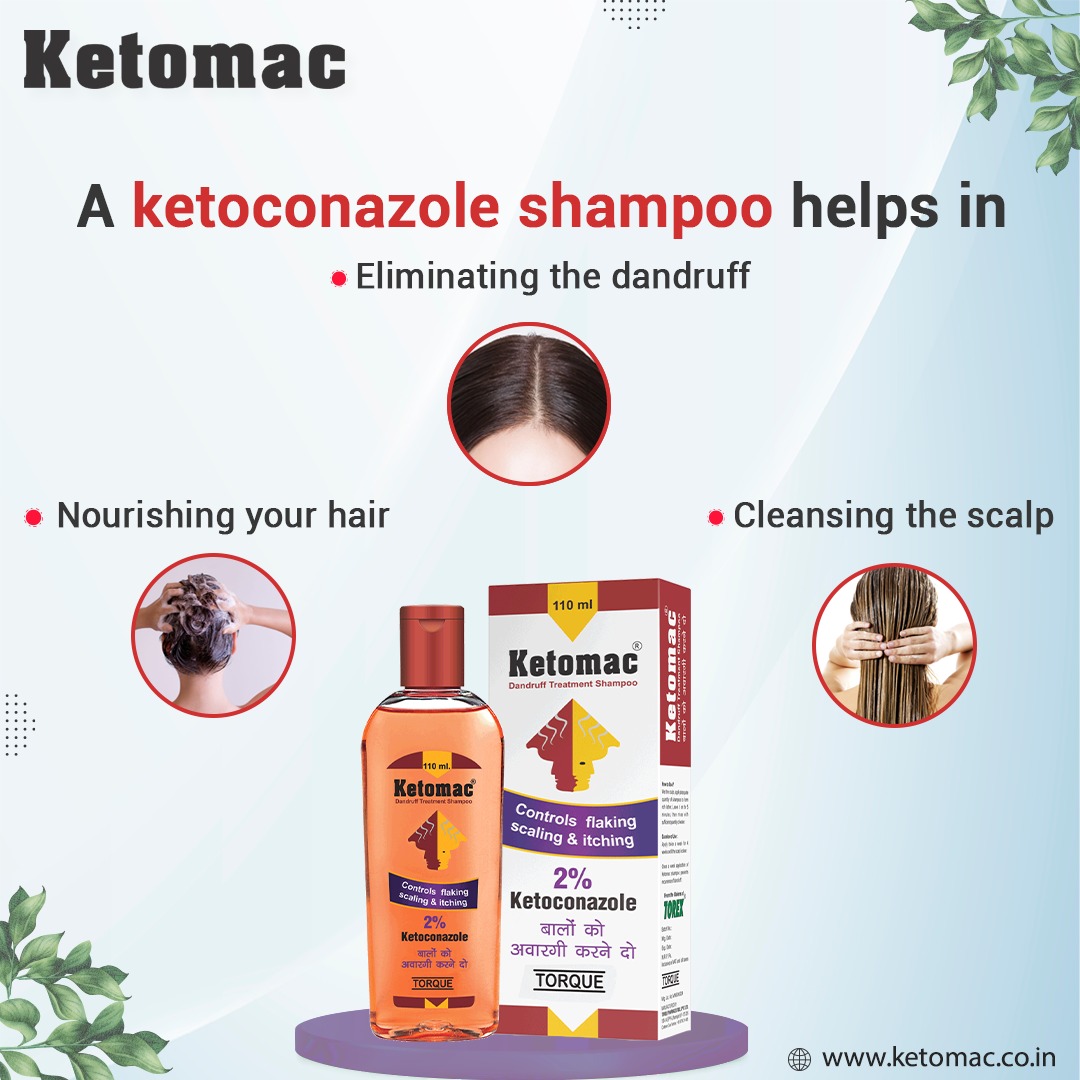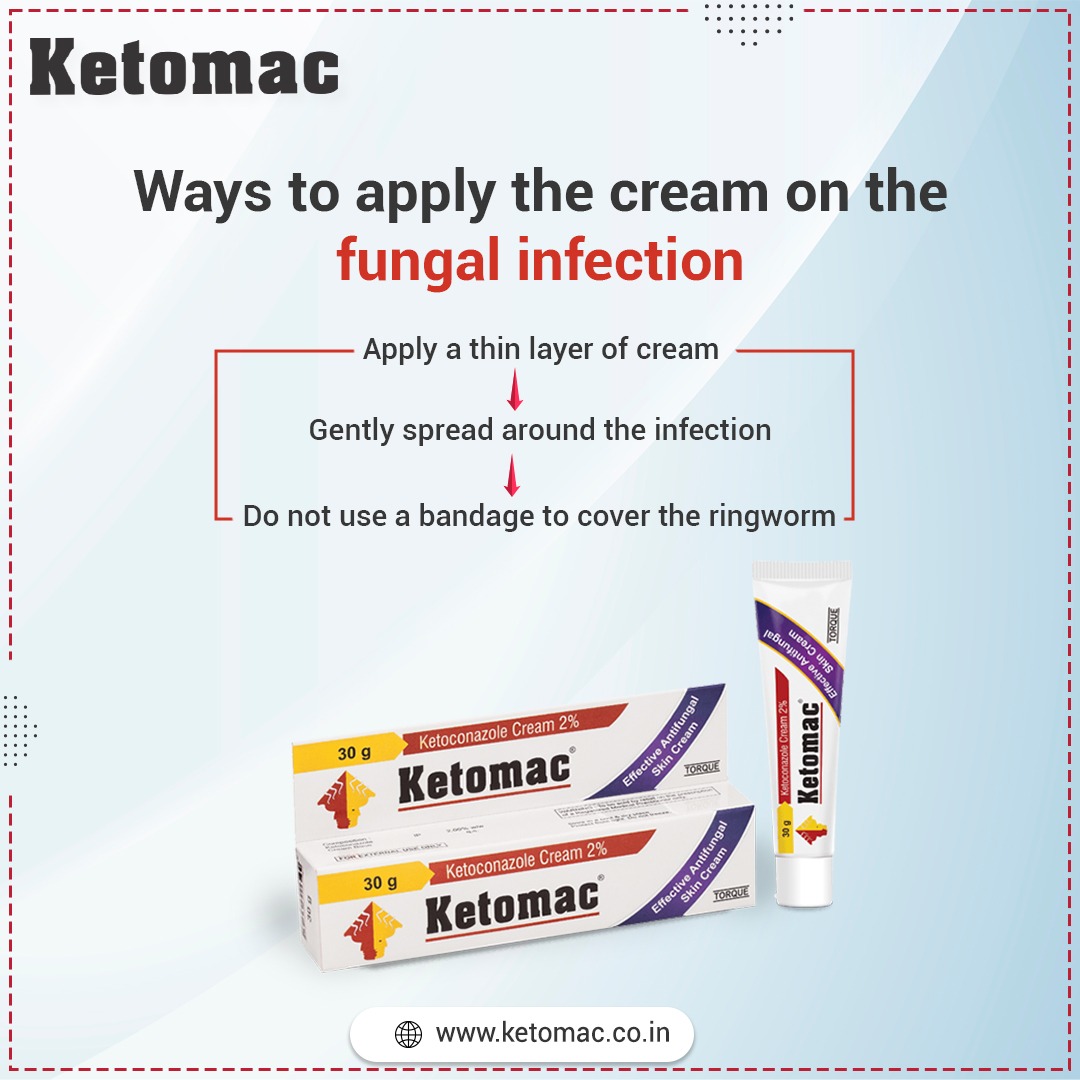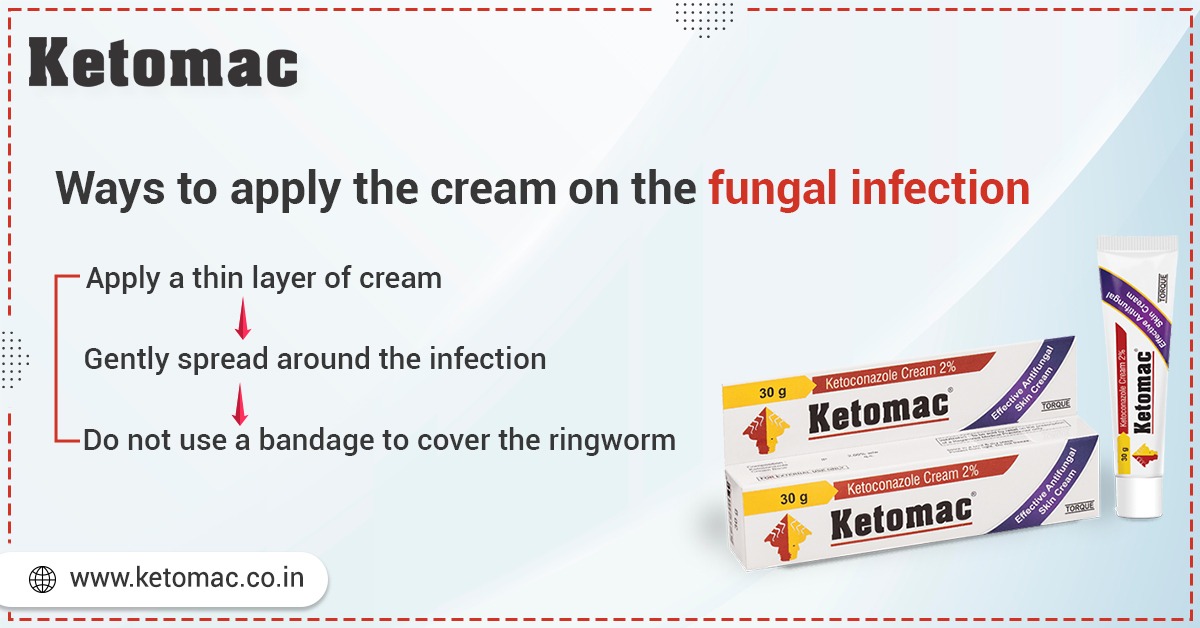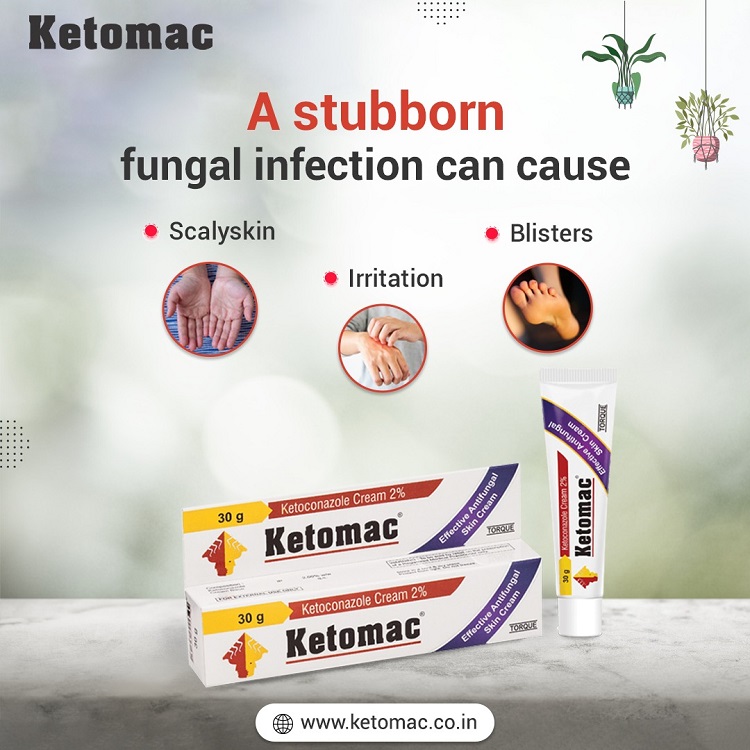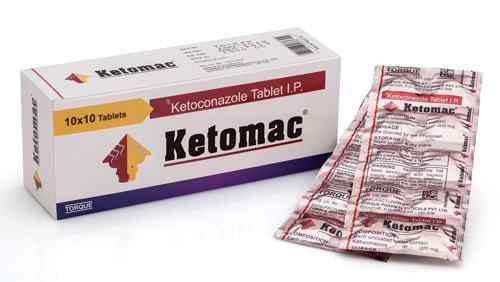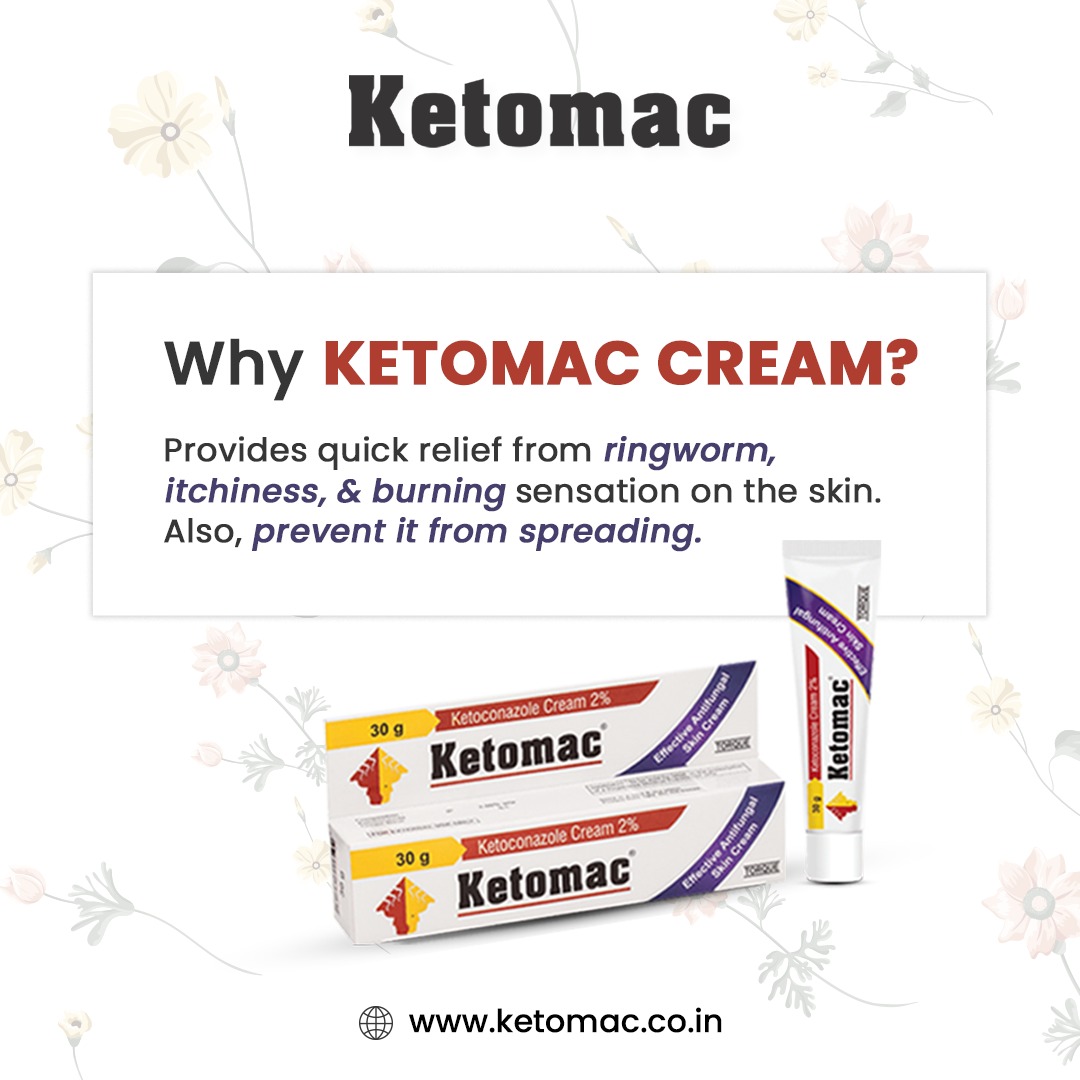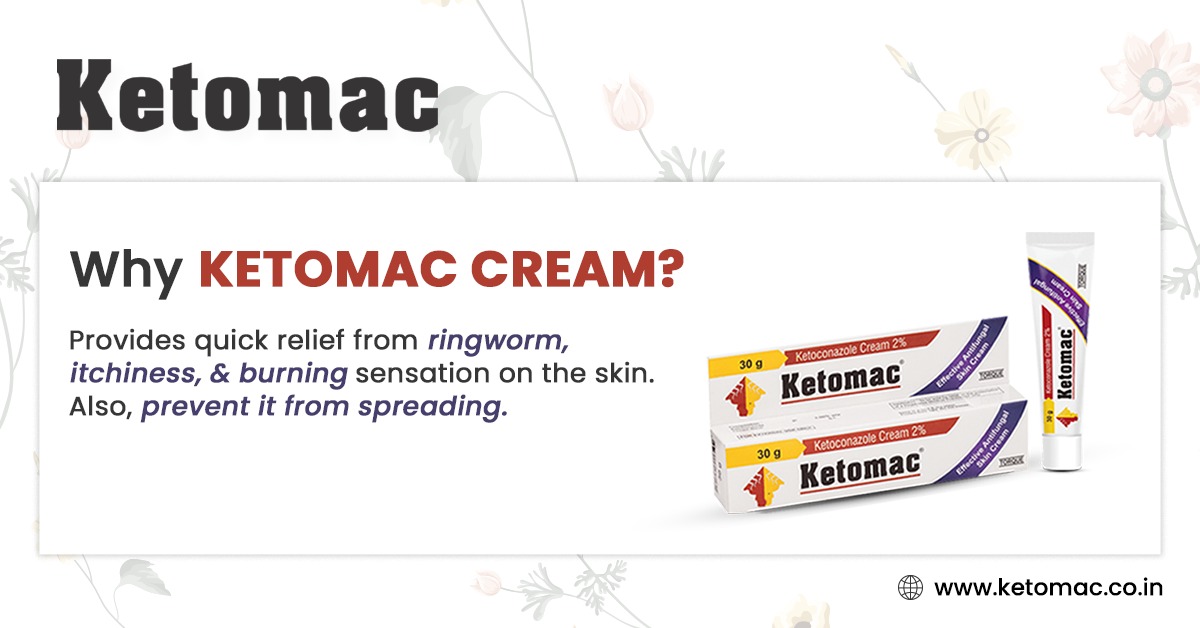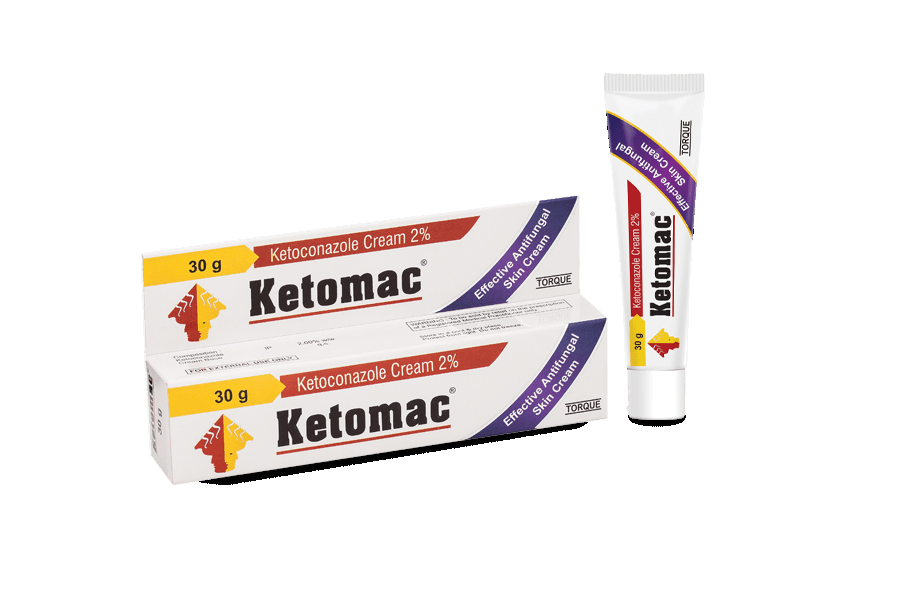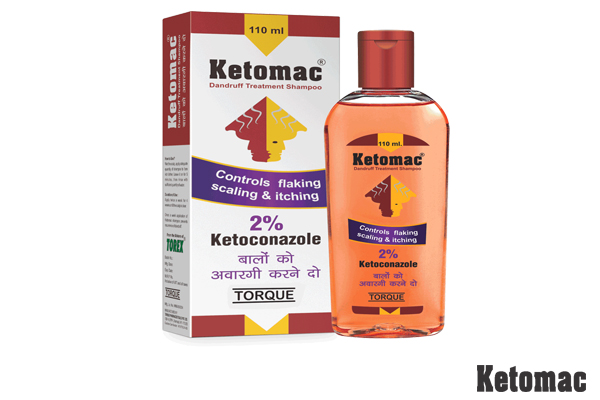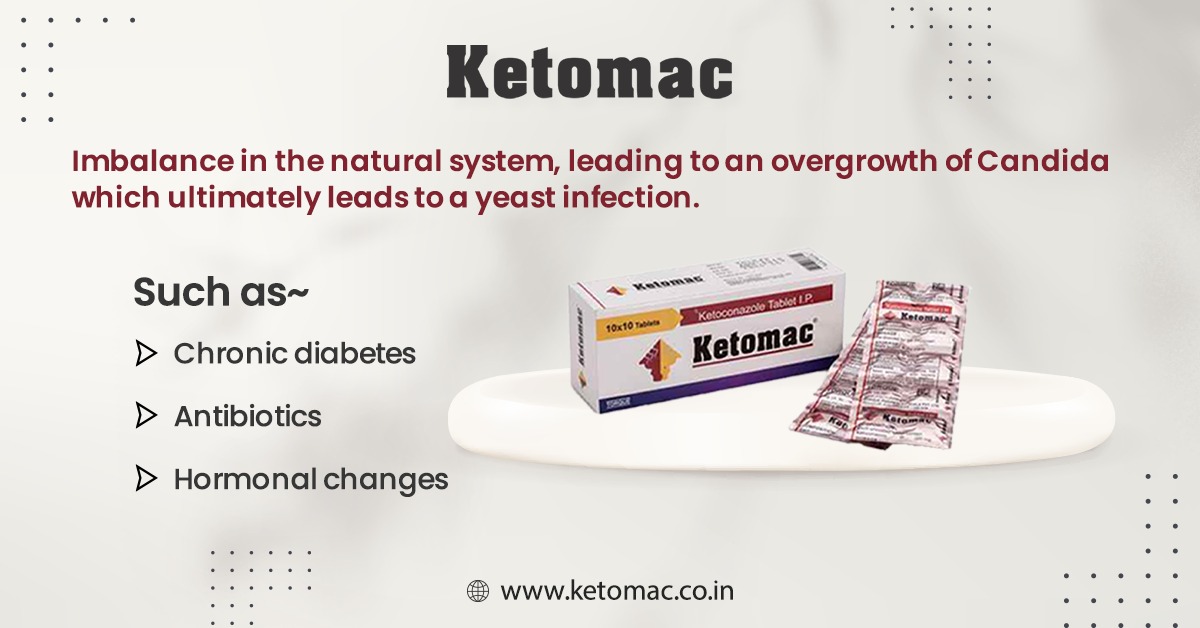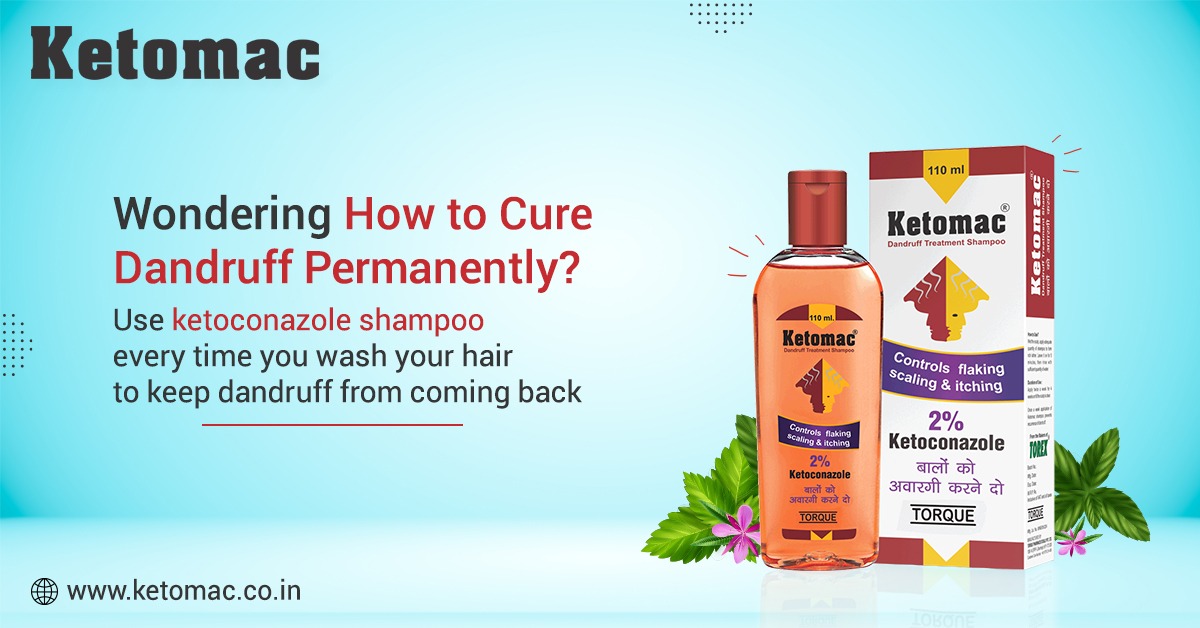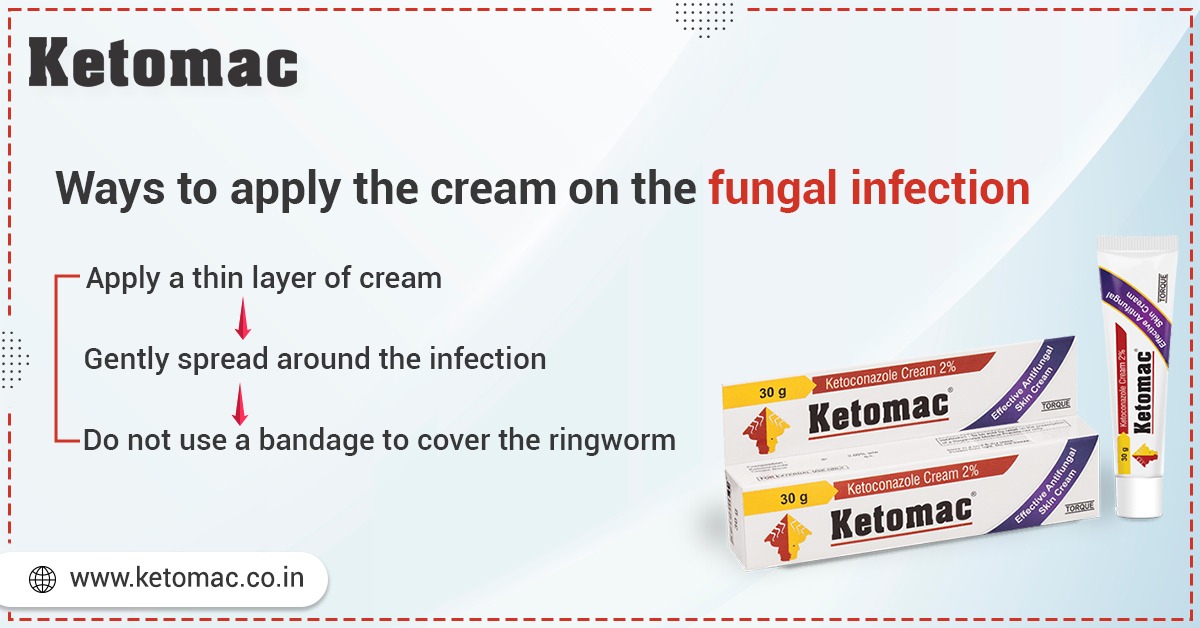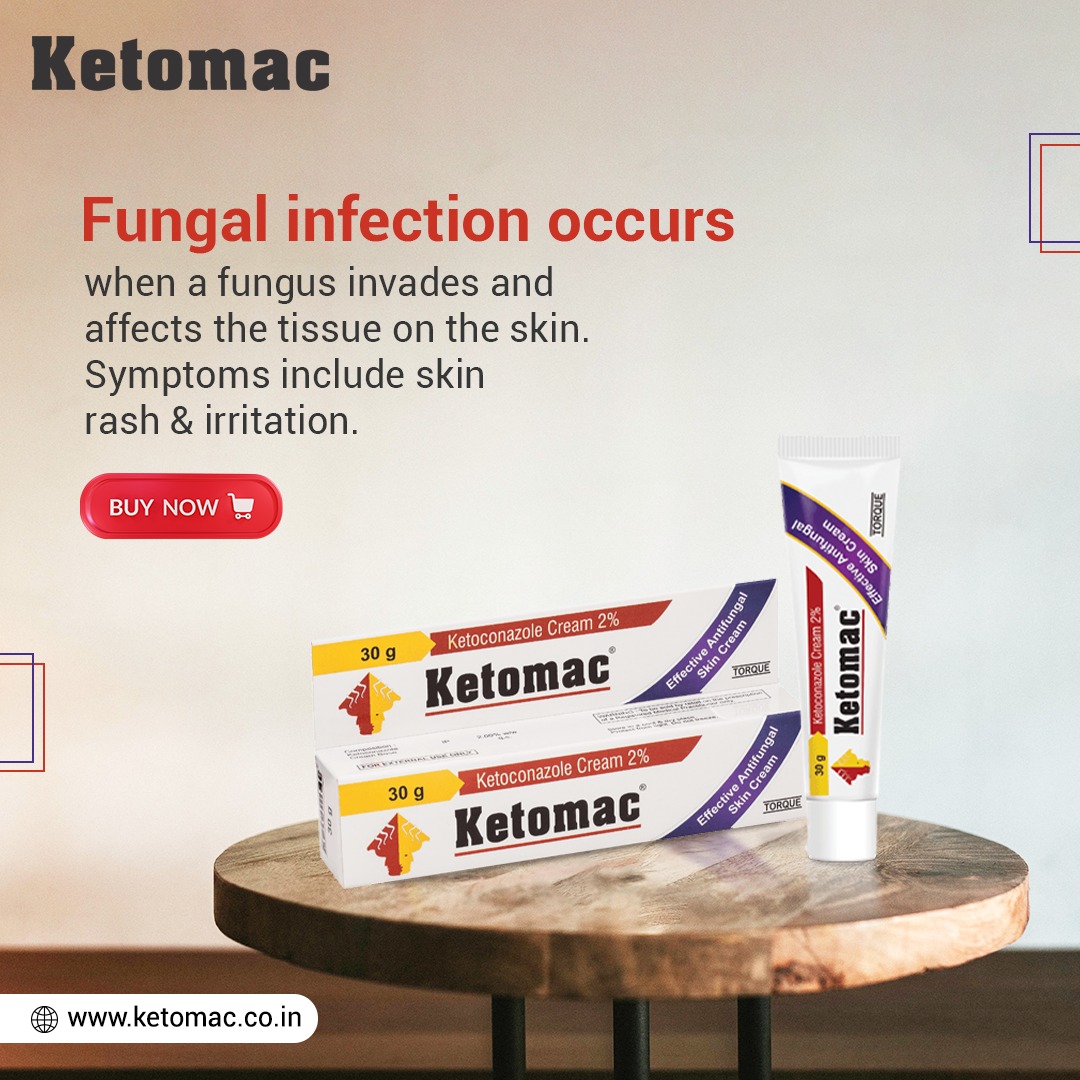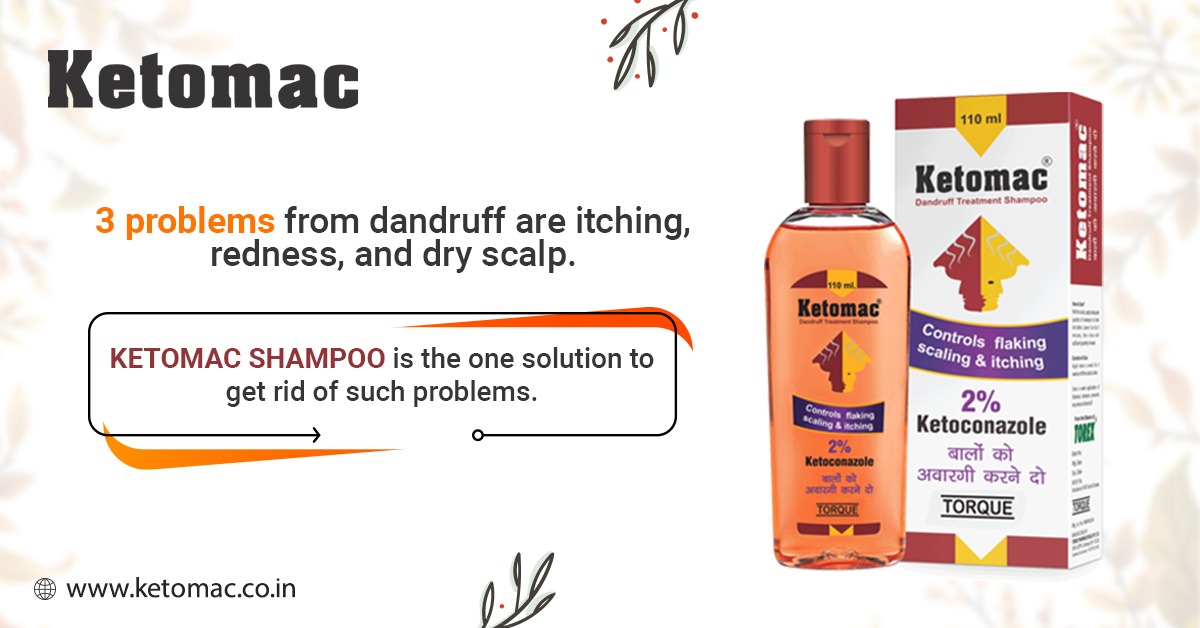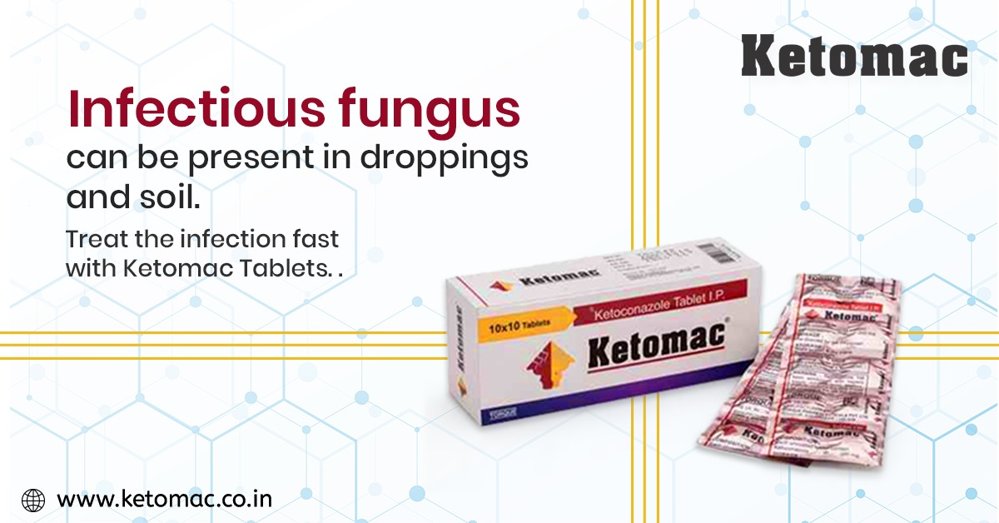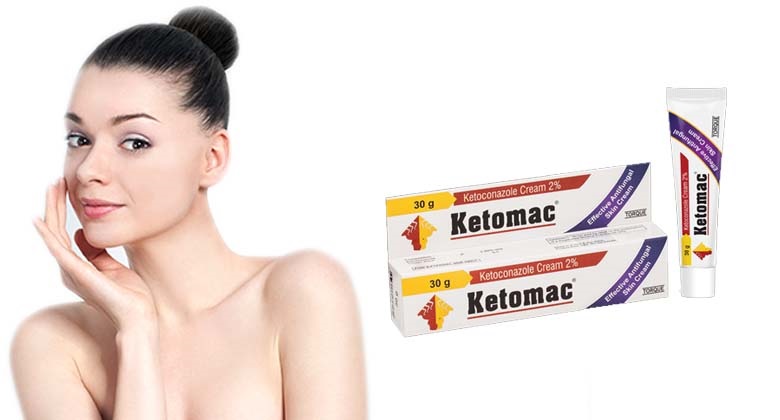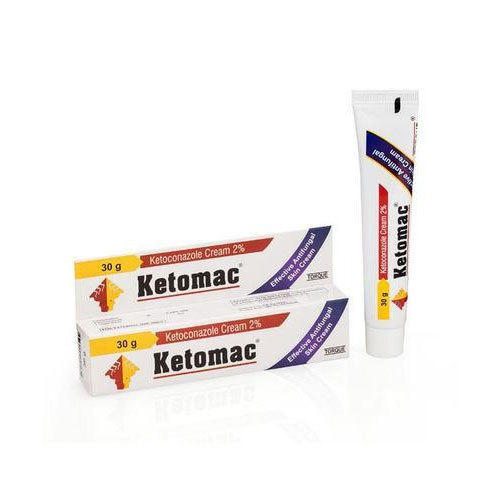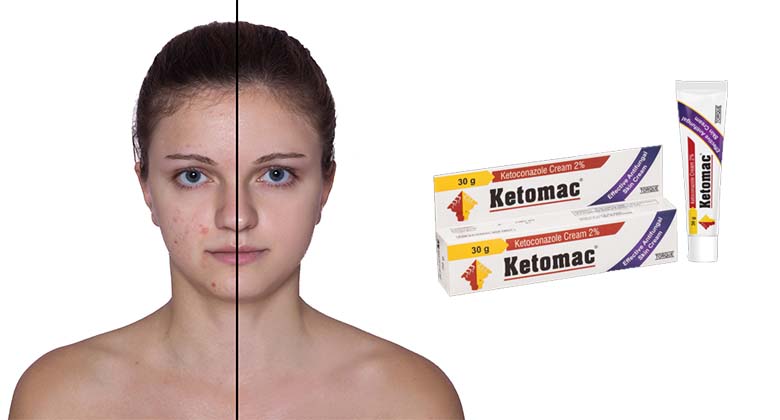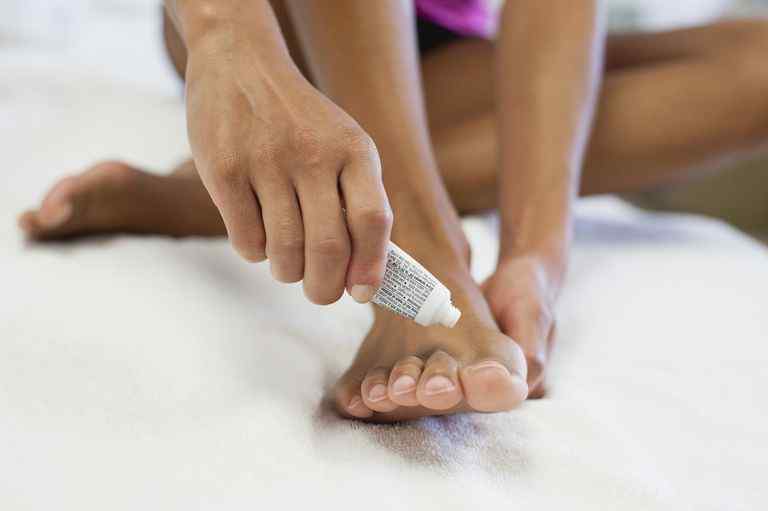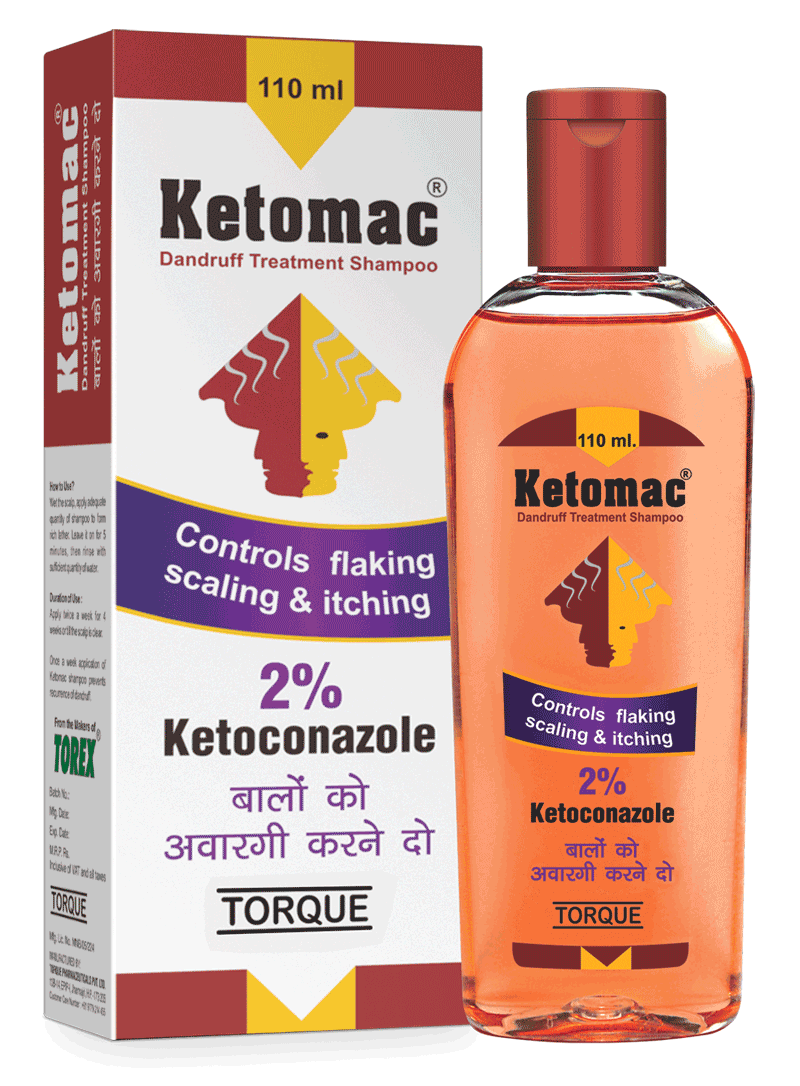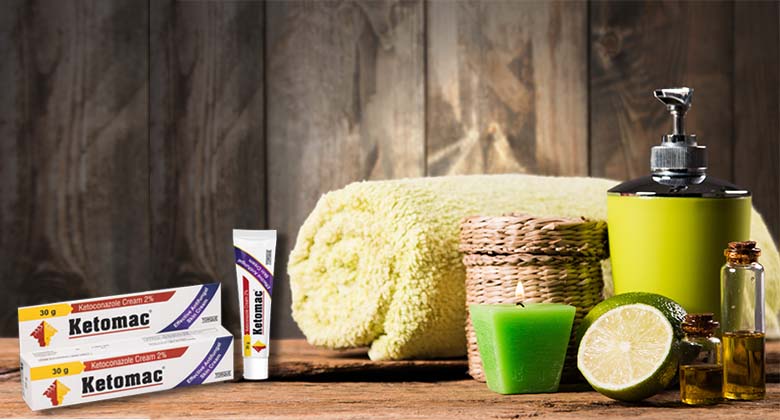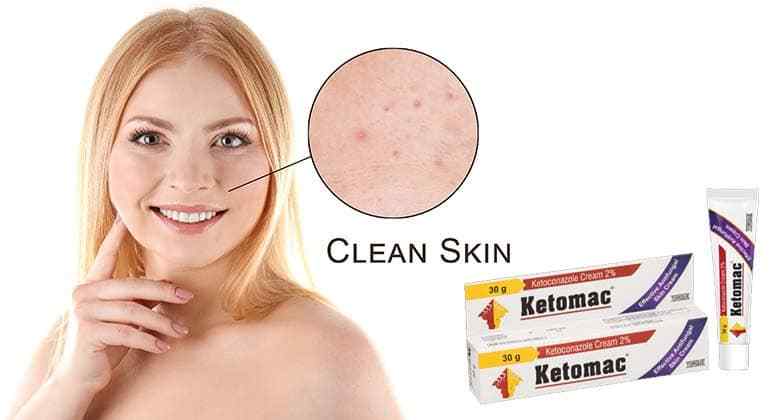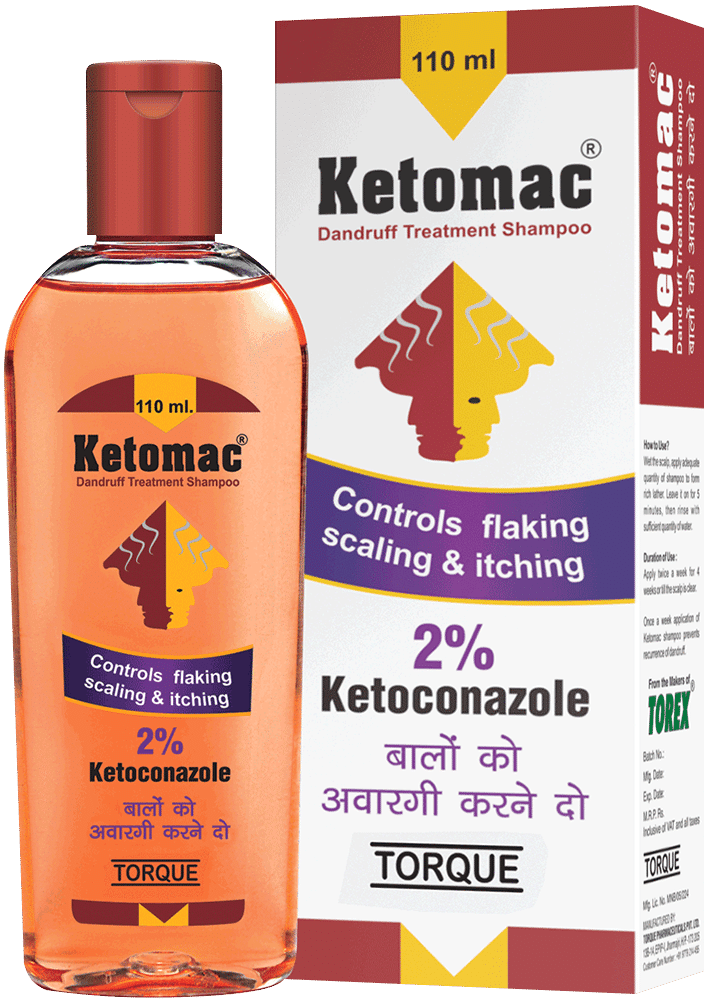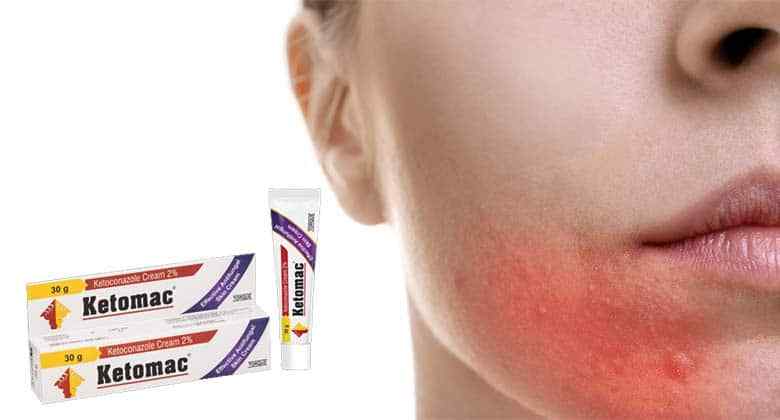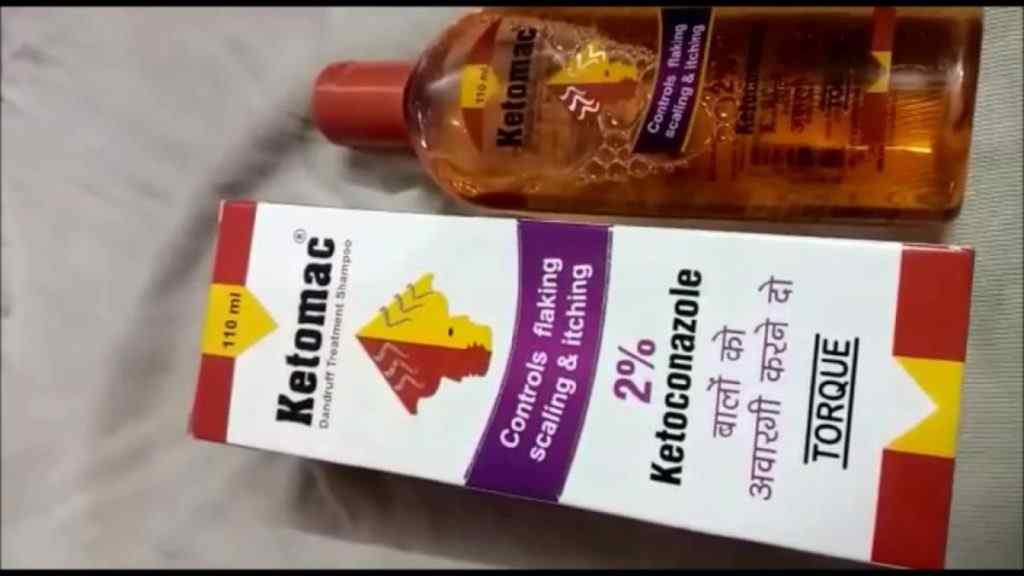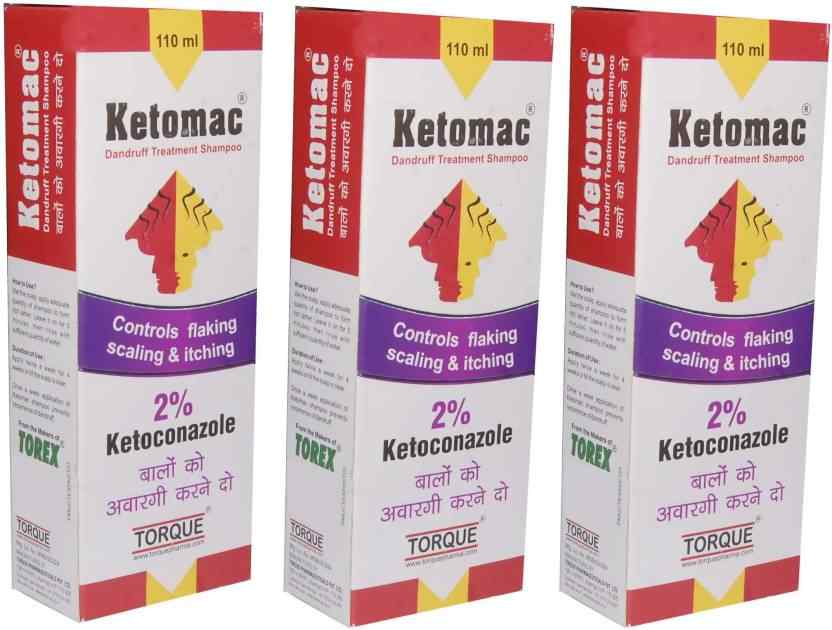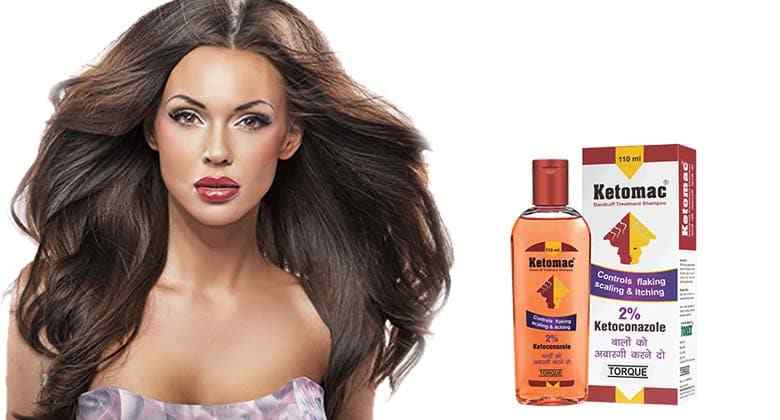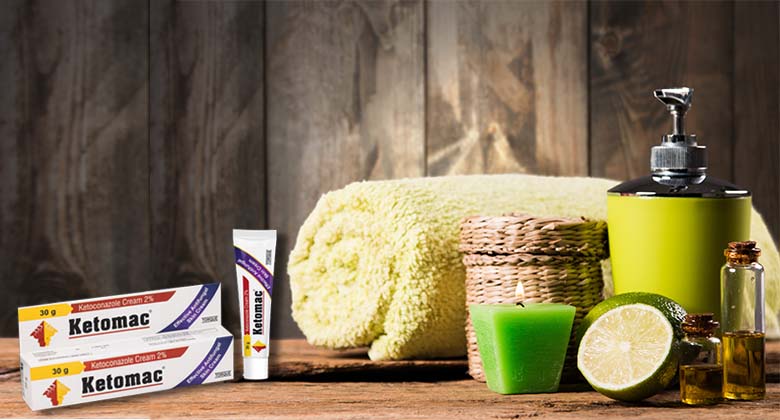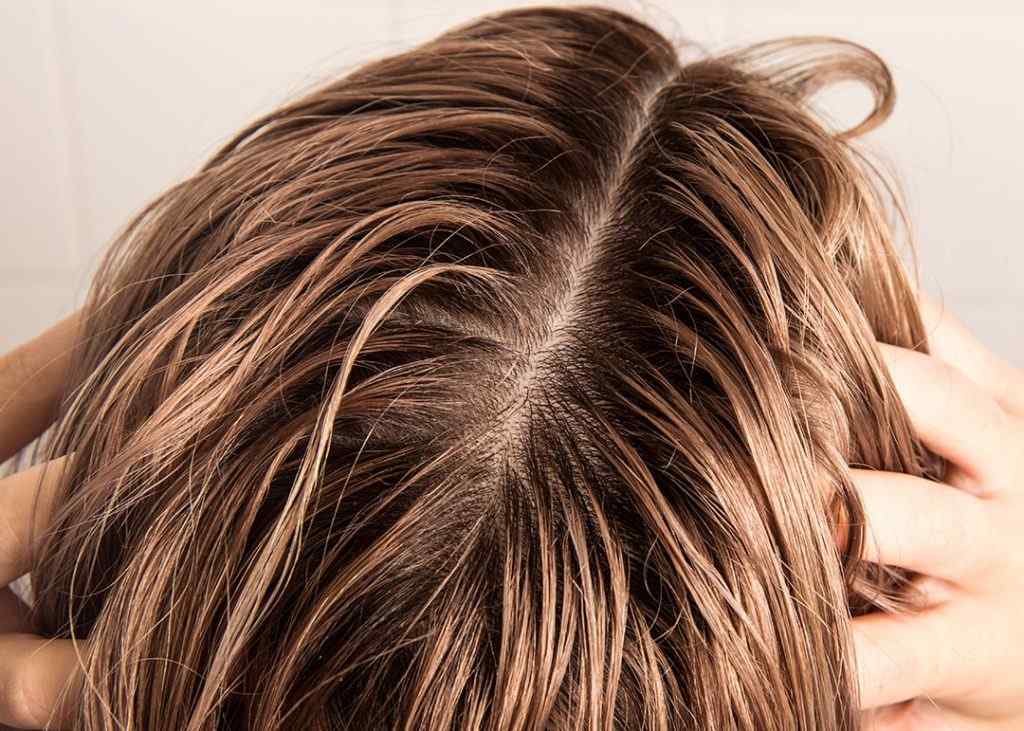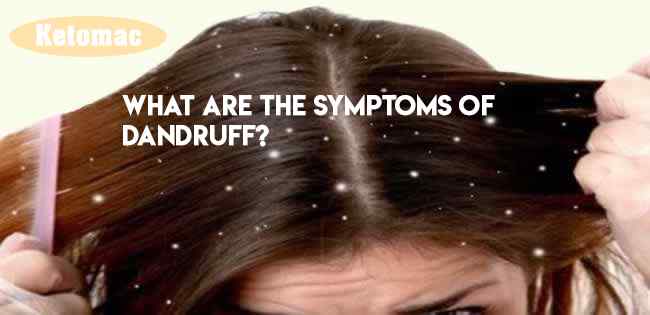Nail fungus is not uncommon, and it is straightforward to catch a nail infection. The chances of catching a fungus and spreading it from one finger to another are very high. Anyone can grab a fungal infection in a hot and humid environment, and these could be places like gyms or swimming pools. Leaving your feet wet for longer or wearing wet socks could also lead to infection.
The infection travels so fast that if an infected person walks a particular path and another person walks through the same path, the chances of another person getting infected are high. Having been infected by nail fungus, chances are that your nail which has been infected will start to look a little different. It might begin by showing white spots or even a change in nail color from green to yellow to black and brown.
Getting your nail fungus treated at the earliest helps you from preventing any further damage to your nails. It is essential for people who have diabetes or a weak immune system to be extra cautious. The reason for visiting a dermatologist at first sight of the infection in case you have Diabetes is to avoid any development of untreated sores, which can turn into even more significant and more severe health problems.
Even though several companies have launched nail fungus medicine in India, it is essential first to understand the stage of infection and which sort of treatment would be best to treat it.
Signs of having nail fungus
For someone who has been detected with nail fungus, the chances are high that you may experience or see one of the below-mentioned symptoms:
- The nail may start to turn brown and yellow depending upon the condition of the fungal spread, and it may start from the tip and extend to the whole nail.
- You may start to see some black debris that has been deposited under the nail.
- The infected nail starts to lift off from the nail bed and can even come off if left untreated.
- An infected nail turns soft and feels powdery and Dry on the top. This infected mail starts to scrap off its nail bed.
- The infected nail would start to crumble.
- One of the early signs of nail infection could also be nail thickening.
In the earlier stages of the infection, one may feel that treatment is unnecessary since it’s not painful. If left untreated, the infection grows from one nail to the other, making it extremely difficult to wear shoes. The best way to get rid of nail infection fast is to visit the dermatologist as soon as you have a site of any of the points mentioned above.
When we talk about nail fungus, the sooner it’s detected, the easier the treatment would be. All you must do is apply some good and renowned over-the-counter available medicated cream, which would help eliminate the nail infection.
Chances of getting a nail fungus
As we have already mentioned, even though anybody can get nail fungus, some people may be at a higher risk than others. Several factors like your age, the lifestyle you lead, and your health could also impact you. Let us discuss each of them in a bit of detail below:
- Age:The chances of an older person getting infected by nail infection are much higher than a young person. Children under the age of six rarely get detected with any nail infection
- Health concerns: In case you are somebody who has any of the health concerns mentioned below, the chances of you developing a nail fungus are very high:
▪ An already infected nail
▪ Cancer
▪ Diabetes
▪ Any other sort of nail infection just like athlete’s foot
▪ You have a family history of nail infections.
▪ Poor circulation
▪ Have gone through an organ transplant surgery
▪ Already weakened immune system due to diseases like HIV.
▪ Psoriasis
▪ A recent nail surgery or an underlying nail infection
- Lifestyle: Your lifestyle has a significant role when it comes to an increase in nail fungus. If you are somebody Who relates to 1 of the below-mentioned points, you may be at a higher risk of getting a nail fungus infection:
▪ You need to wear plastic gloves for several hours of the day
▪ You wear tightly fitted shoes
▪ You walk barefooted in the hot, humid areas
▪ Spending too much time in the water
▪ Smoke
▪ Mostly have wet Hands Throughout the day
Causes of having nail fungus
Several tiny, microscopic organisms known as fungi are the main reason for having fungal nail infections. Most people would pick up this infection by having skin-to-skin contact with somebody who already has a fungal infection. Another common way of getting infected is walking barefooted in a moist and warm area such as a locker room or a pool deck.
Something as basic as sharing nail clippers or a tall can also lead to fungal nail infection. Fungal disease can not only be transmitted from somebody else. Still, one could even acquire a fungal infection individually if one frequently walks in a wet or moist area.
The most common ways in which the nail gets infected by fungi are:
- A crack or several cracks in your nail
- Some separation between the finger and the nail
- Minor cut in and around the skin surrounding your nail
Diagnosis for a nail fungus
For a dermatologist to verify the level of nail fungus a patient may have, it is essential to examine the nail and the skin around it. The reason for checking the skin around the nail fungus is that the patient may already have infected the skin. Treatment needs to be taken, keeping in mind the extent of infection.
It may also be essential to collect samples from either beneath the nail by scraping any skin around the nail and trimming some part of your nail. The sample collected from the above would further be examined at a laboratory under a microscope to confirm the cause of the problem.
Treating fungal nail infections
- Medicines
One of the most basic faces of treating nail fungus is by use of medicine. If an individual has been detected with a mild infection, they would be prescribed a medicine that could easily be applied to the nail to eliminate any infection. The applied medicine will ensure that your nail continues to grow without any new fungus. In an ideal condition, the fingernails would take around 4 to 6 months to grow, and toenails take a little longer, as much as 12 to 18 months.
The market has some of the most renowned antifungal nail polish in India. All that needs to be done is to pick up a renowned brand that does antifungal nail polishes. The main complexity of this treatment lies in the constant application of medicine. The process is not a one-time job but spread across 4 to 6 months. For best results, individuals dealing with fungal infections should consult a dermatologist to know precisely how and when the medicine needs to be applied.
According to US Food and Drug Association, some of the approved medicines that can be given as a treatment for nail fungus or as follows:
- Amorolfine
- Tavaborole
- Ciclopirox
- A combination therapy: In several cases, to treat nail fungus application of medicine is not enough. In such cases, the treatment needs to be made more effective by adding antifungal pills along with the application of medicine to your nail needs to be done.
- Nail removal
In the most severe case, when neither the Pills nor the application of medicine work, the dermatologist might have to choose to remove the nail. The procedure can be done to get rid of the infection completely.
This procedure can be done surgically or non-surgically. In a non-surgical procedure, a chemical may be applied to the nail.
Pointers to keep in mind if you deal with nail fungus
As already mentioned, nail fungus is something that can be affected by anybody irrespective of their age. In most cases, even if the infection is cleared out of the nail, it would take time for the fingernail to grow back. To get rid of the fungus, it is essential to take care of specific below-mentioned points:
- Regular application of the medicine as prescribed by the dermatologist
- Treatment needs to be done just as prescribed by the dermatologist
- Regular follow-up appointments with the dermatologist are mandatory
Prevention and treatment of nail fungus
As already mentioned that nail fungal infection is widespread and contagious. Therefore, chances of having an infection more than once are also possible. Certain precautions are taken to reduce the chance of getting infected. These precautions may be as under:
- Start wearing slippers, shower sandals, or fit flops when walking in a moist and warm area.
- Getting rid of footwear, boots, sandals, slip-on socks, and kids you may be wearing before or while getting nail infected is essential. There may be high chances that fungus will still live inside your footwear or socks, making an individual more susceptible to infection.
- Wearing a clean pair of socks each day as soon as your socks start to feel a little sweaty is extremely important to prevent any fungal growth.
- Always look for shoes made of either leather mesh or canvas, which fit well rather than just being tight and, most importantly, prevent your seat from overheating and keep them dry.
- Always wear your shoes alternatively and never use the same shoes you wear daily.
- Sprinkling antifungal powder in your shoes may be another great way of not treating fungal nail infection but at least preventing the growth of any new infection in new shoes.
- Trimming your nails short: This prevents debris from collecting under the nail, which could lead to fungal nail infection.
- Always ensure that you never share your towels, skates, nail clippers, or other personal items with somebody. Sharing can put you and the other person at high risk of infecting nail fungus.
- Most importantly, it would be best if you always kept your feet dry and clean.
- As we already know, any crack in or around the infected nail could enter fungus into your skin; therefore, it becomes essential to moisturize the skin around it, forming a barrier to these cracks. One of the most suitable ways to do it is to apply a good moisturizer almost 5 minutes after a bath.
Checking for any early signs of infection
Precaution is always better than cure and is rightly said for even nail infections. Early detection of the infection would save time, money, and effort in getting an extensive treatment.
You can check for these signs of early infection so that immediate treatment can be done:
- Dry and itchy skin
- Swelling or soreness in or around the nail
- Changes in the texture of your skin
- Look for changes in the nail, any spot of discoloration in the nail, or a white, brown, or black spot.
Suppose you find any early signs of infection. In that case, it is best to visit a dermatologist and get a treatment done.
Conclusion:
Nail infection is widespread, and one should not be afraid of having it. The market is filled with products containing ketoconazole containing products, and you must look for one that is effective and renowned. One of the oldest in the market comes from Ketomac. The cream from the brand is called Ketomac cream and can be applied as a topical treatment for nail fungus. In case the severity of the infection is high, the dermatologist could even prescribe you a Ketomac tablet.
Irrespective of the treatment being used, one should not ignore any signs of nail fungus infection.



